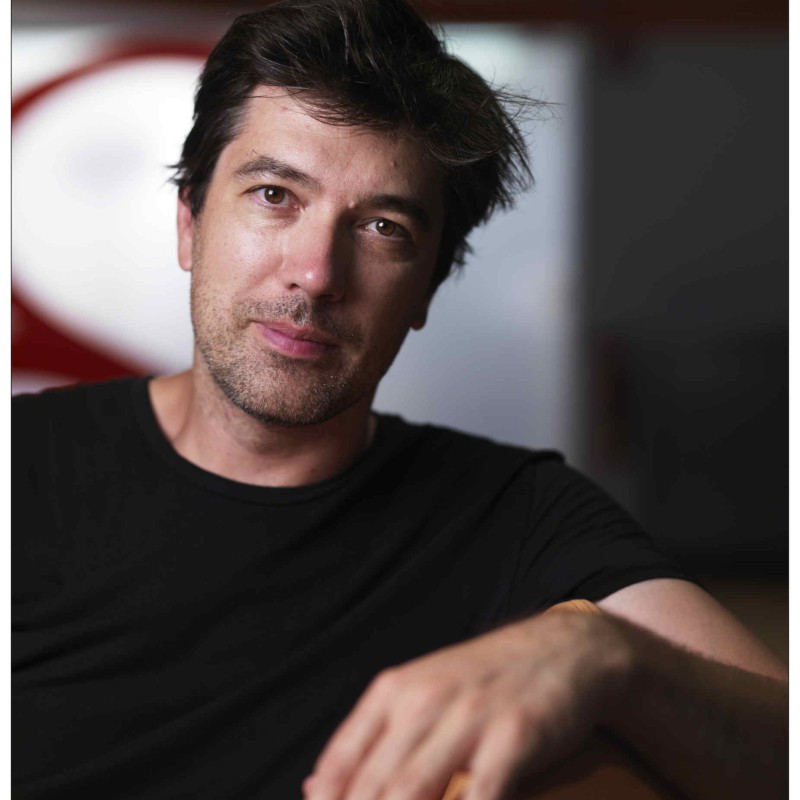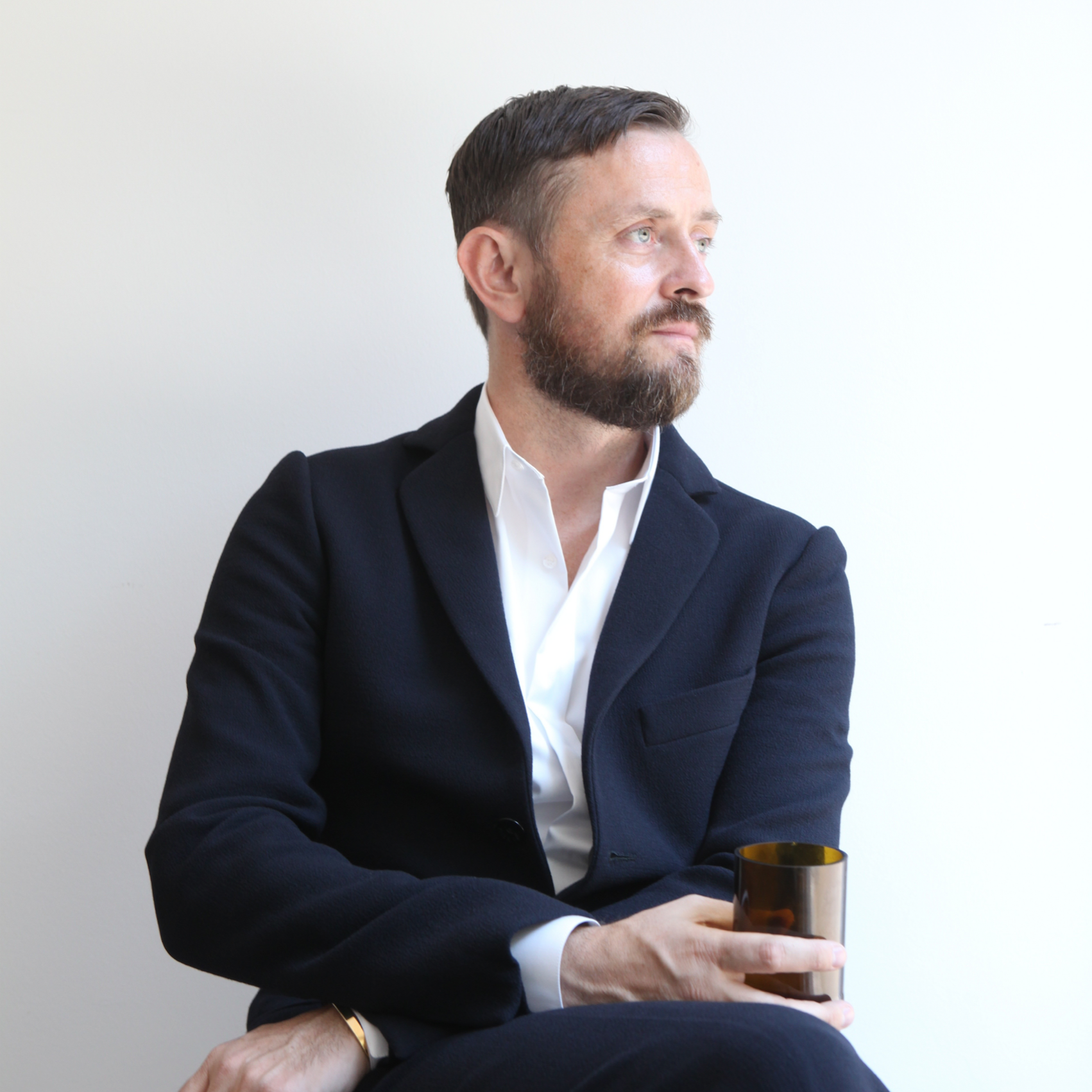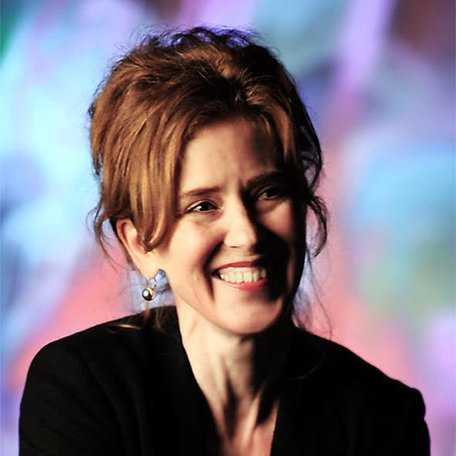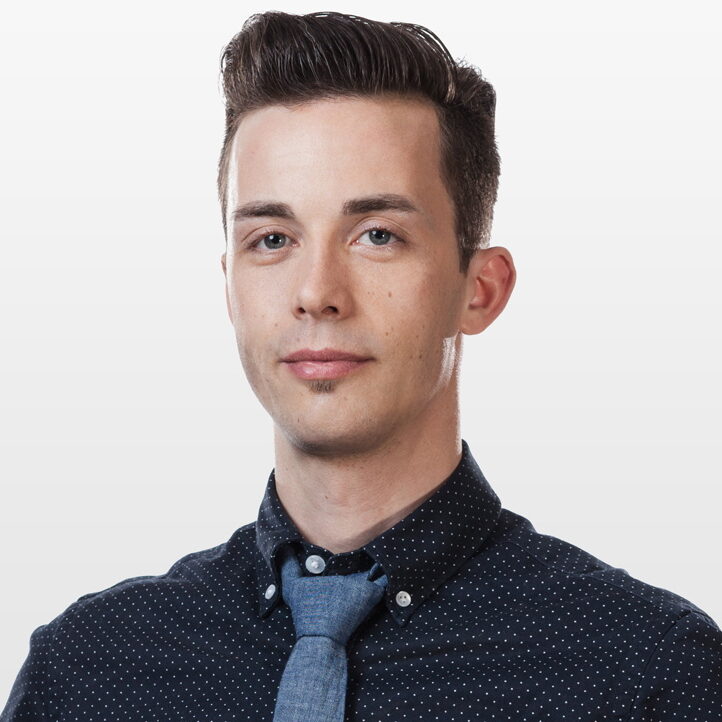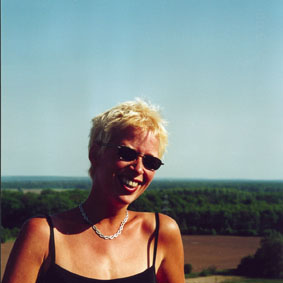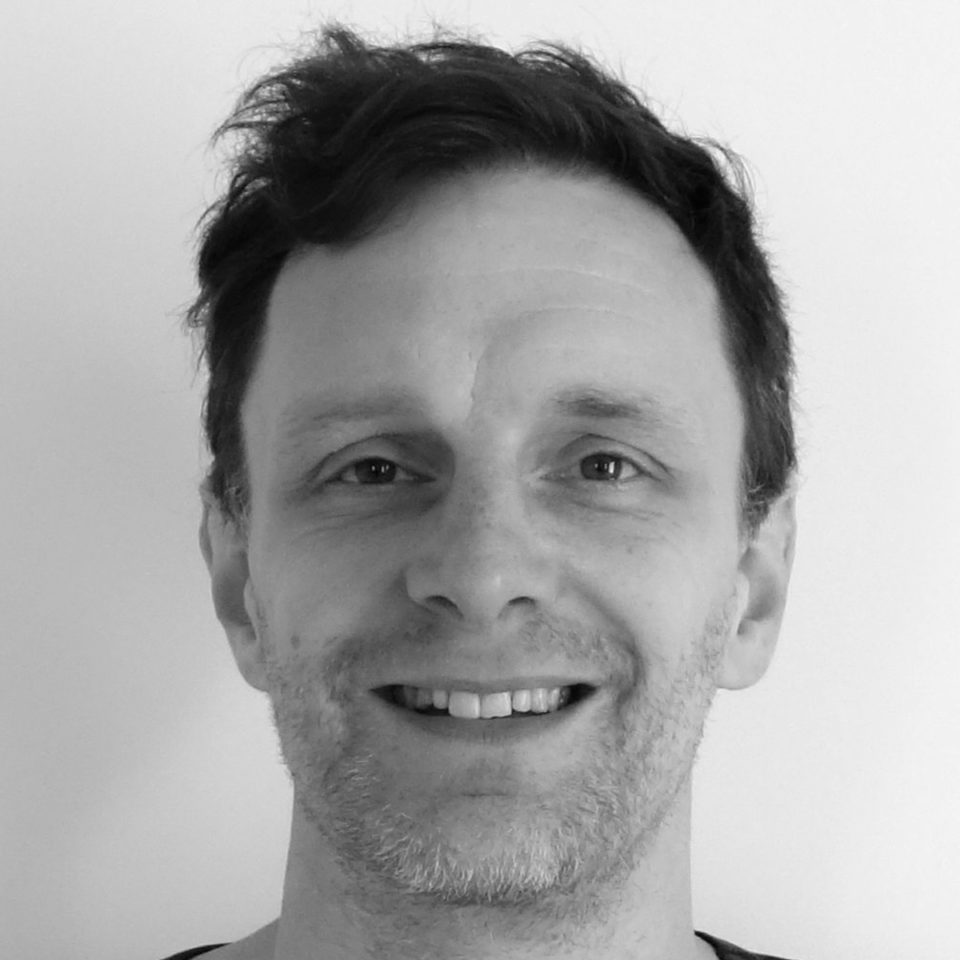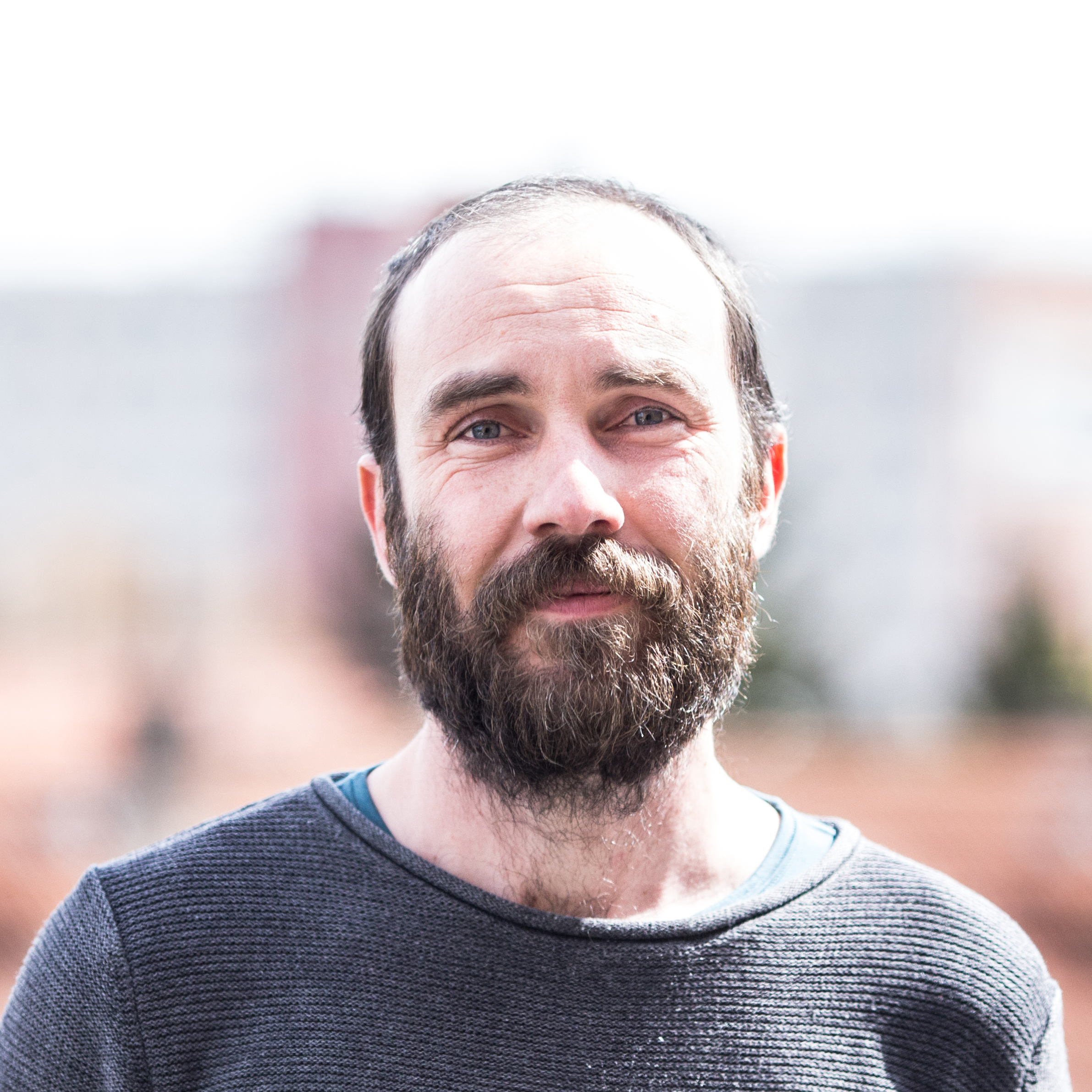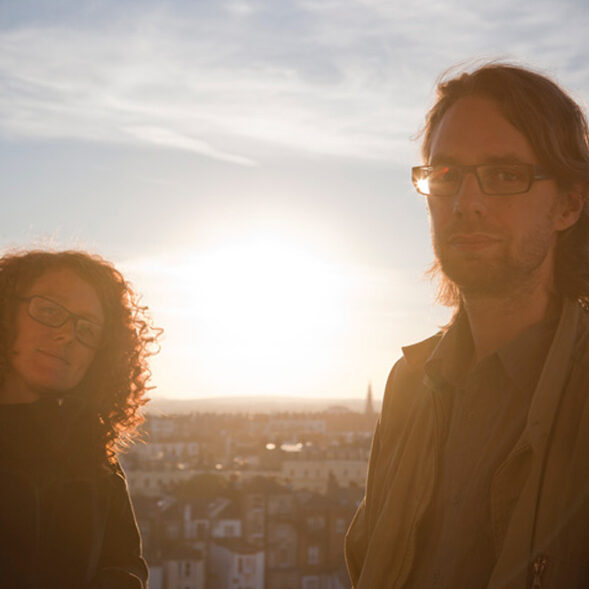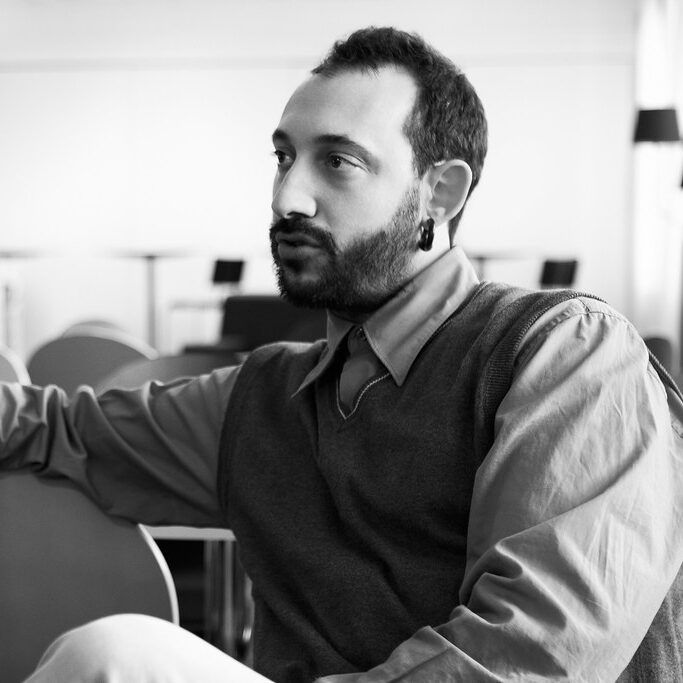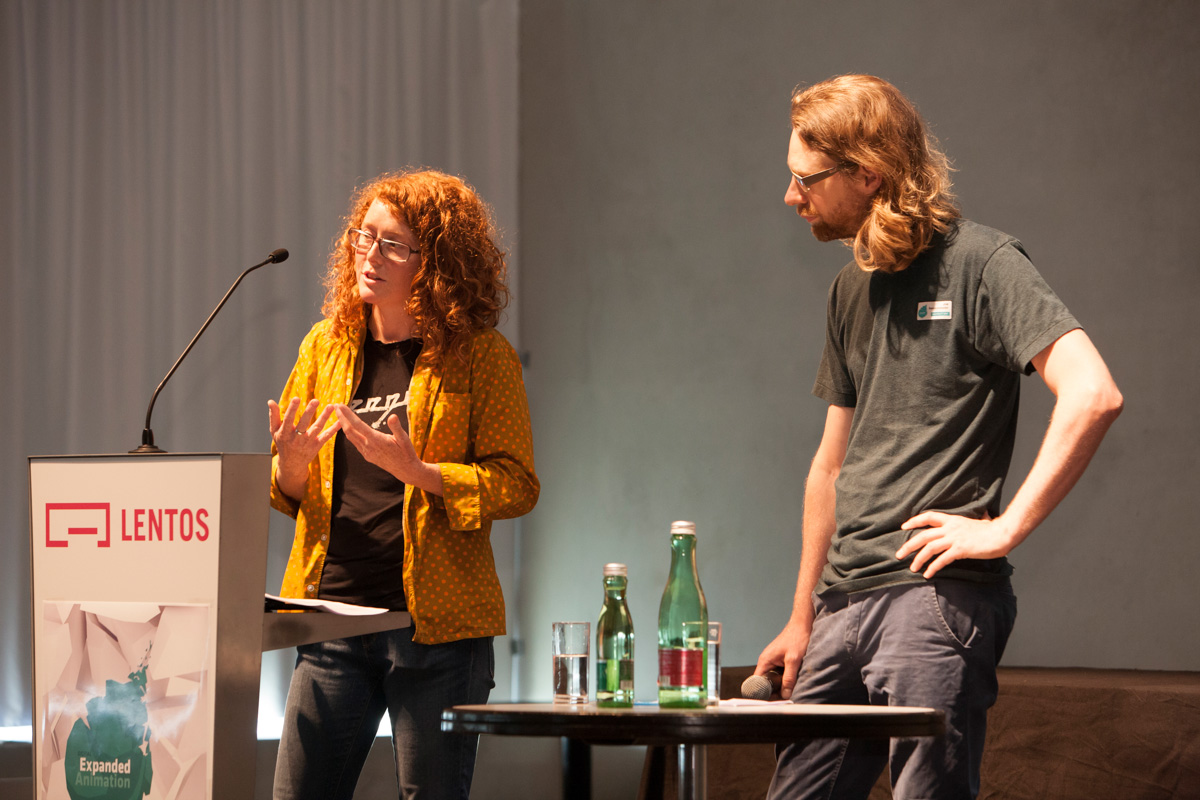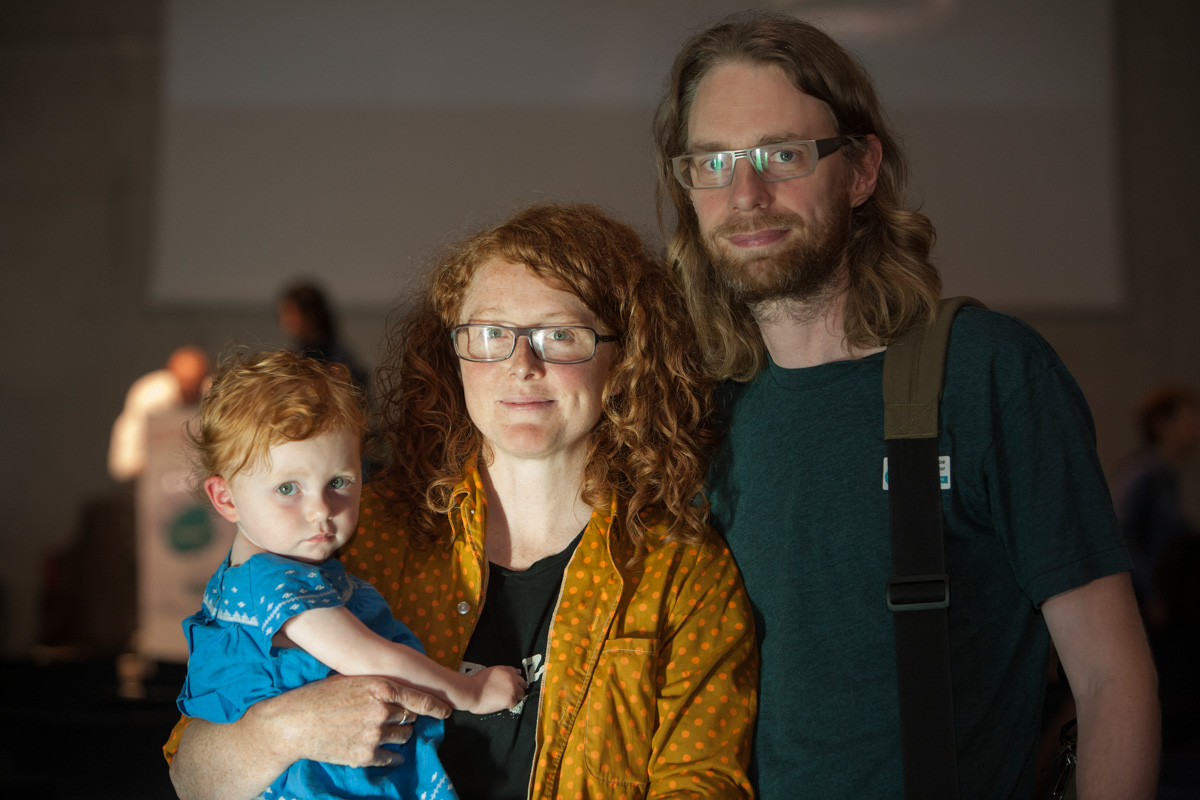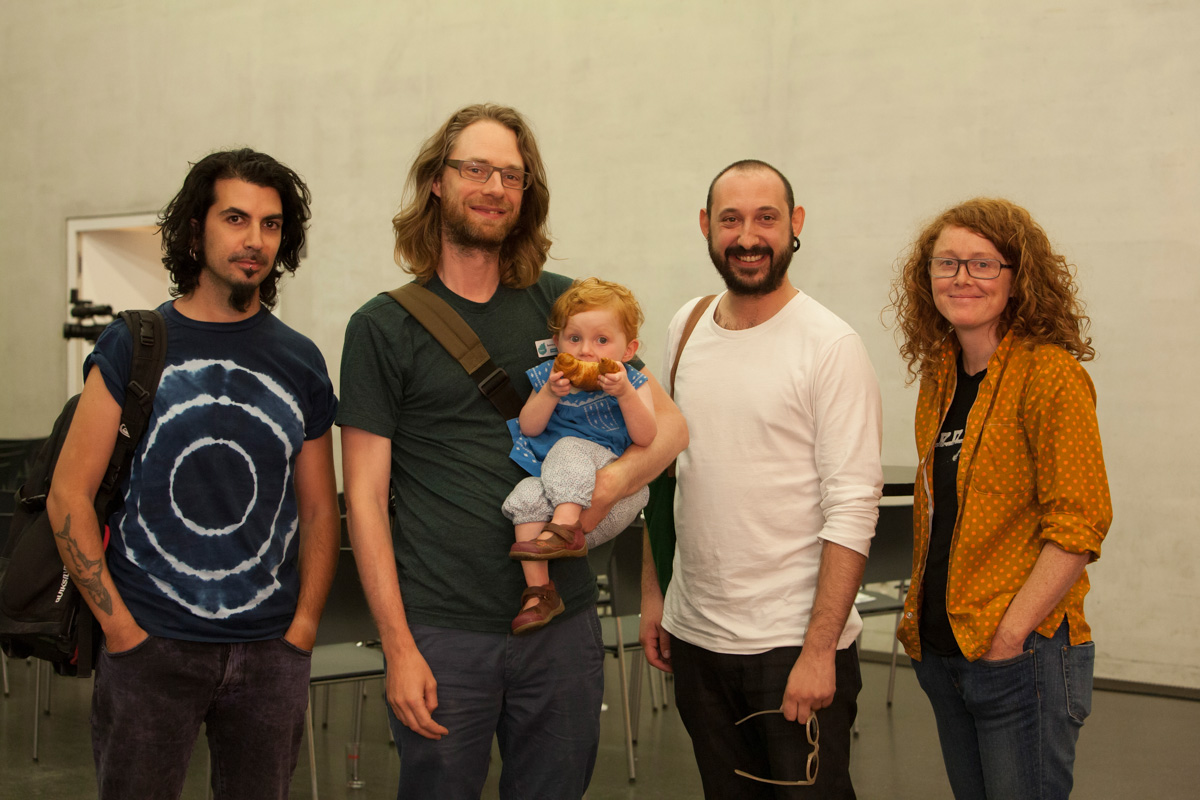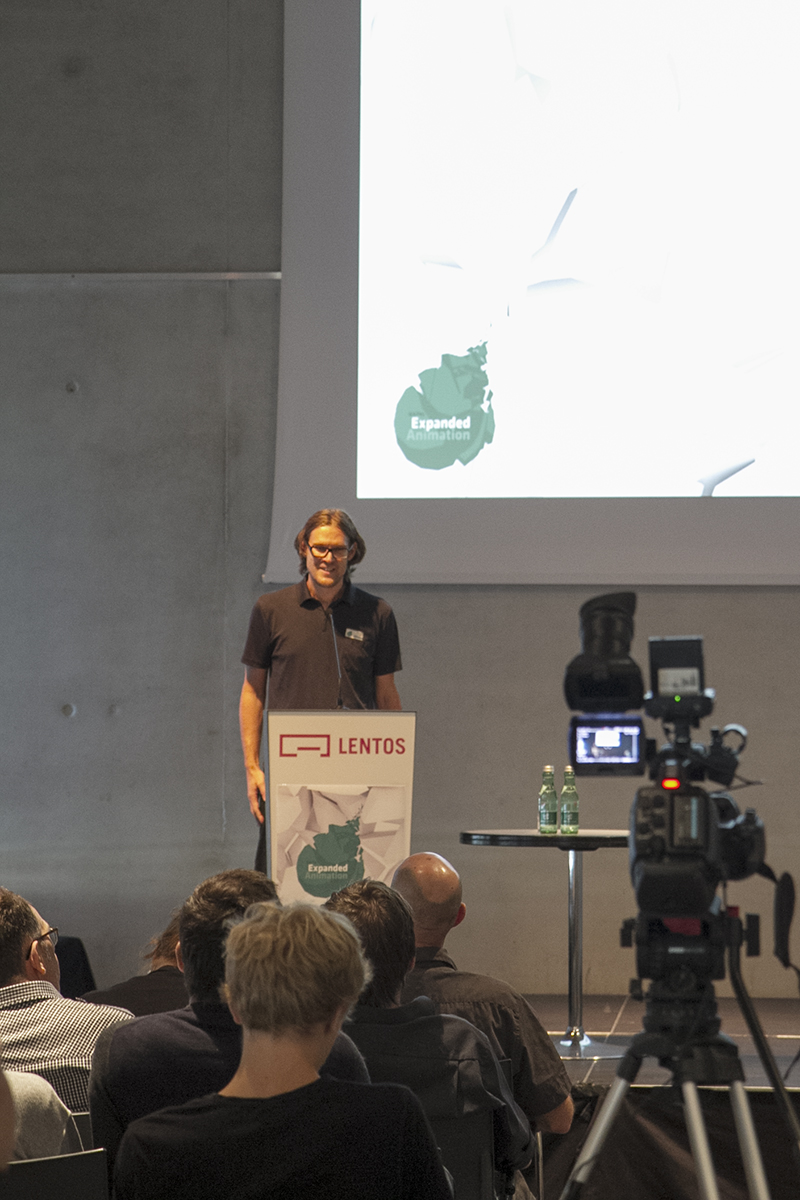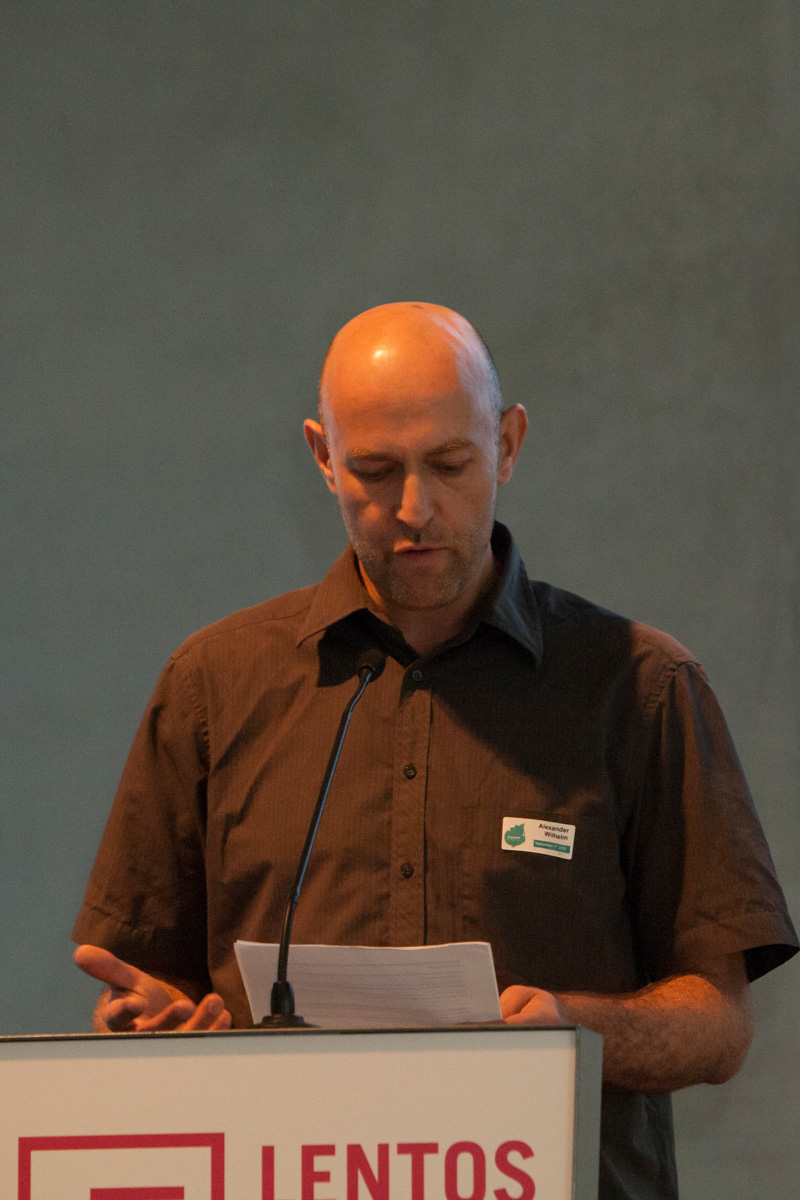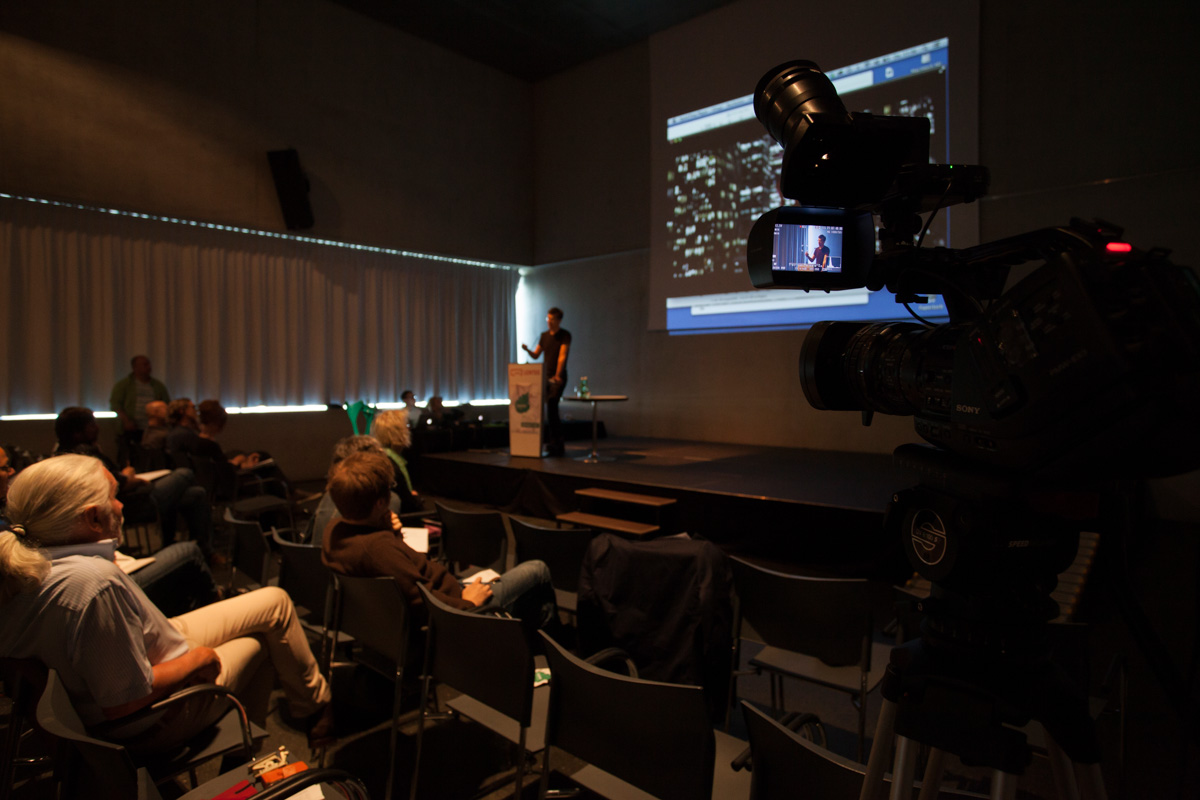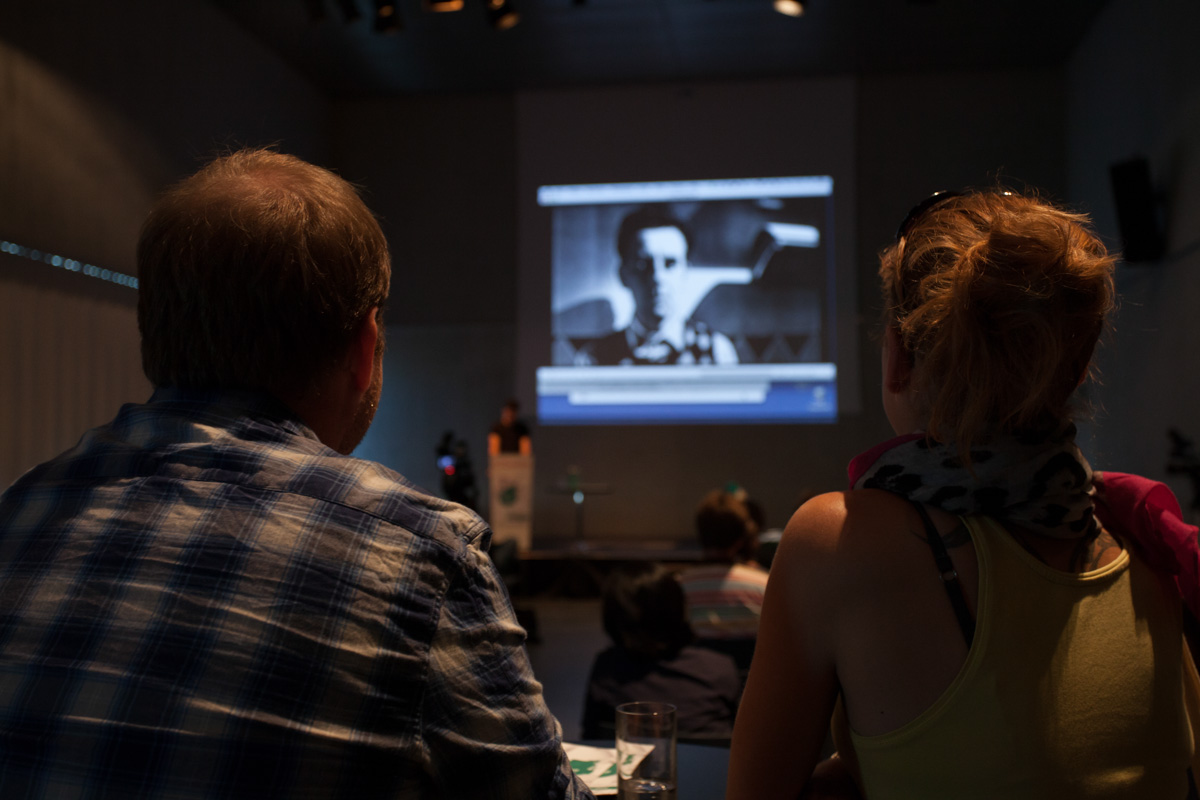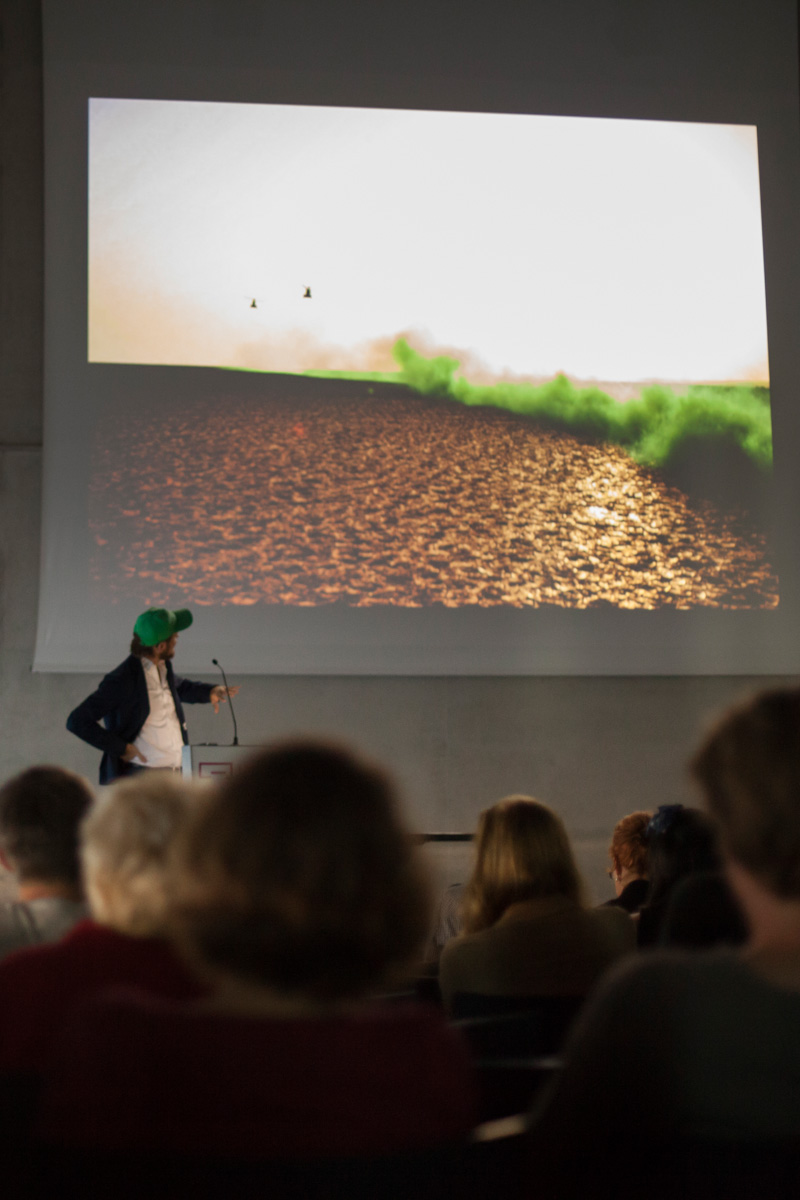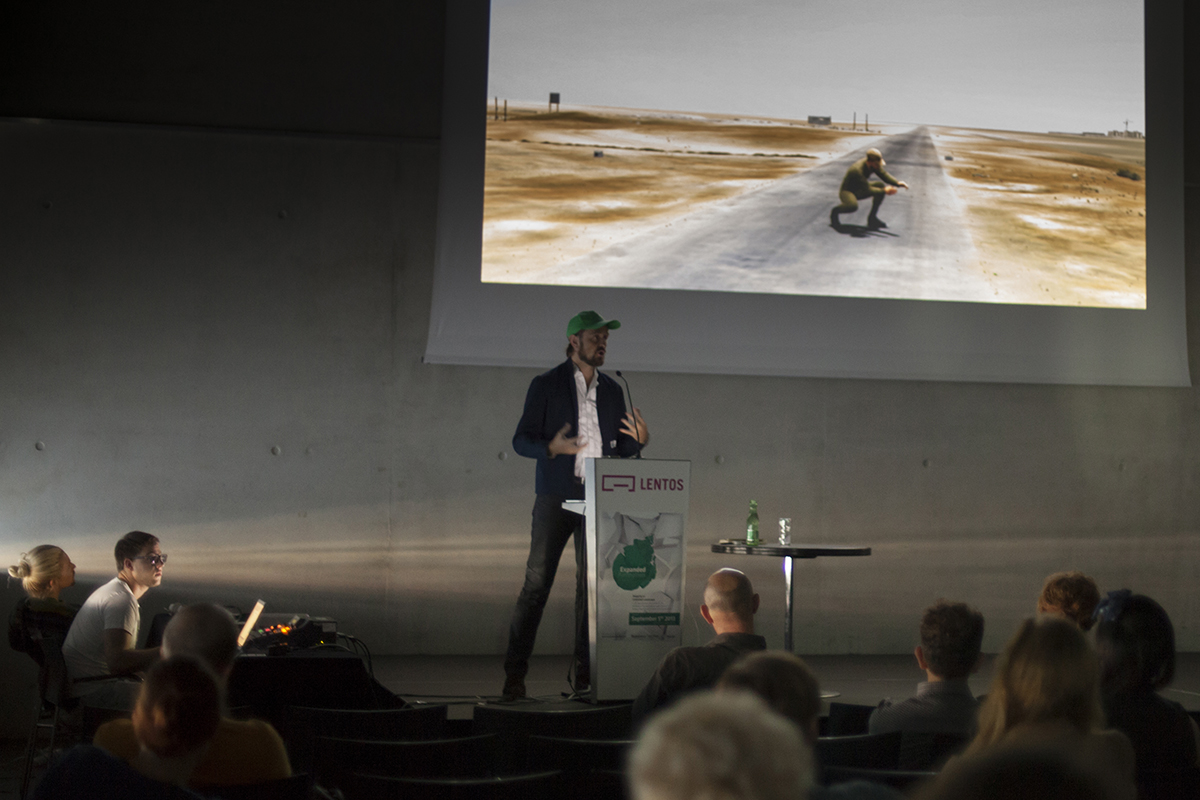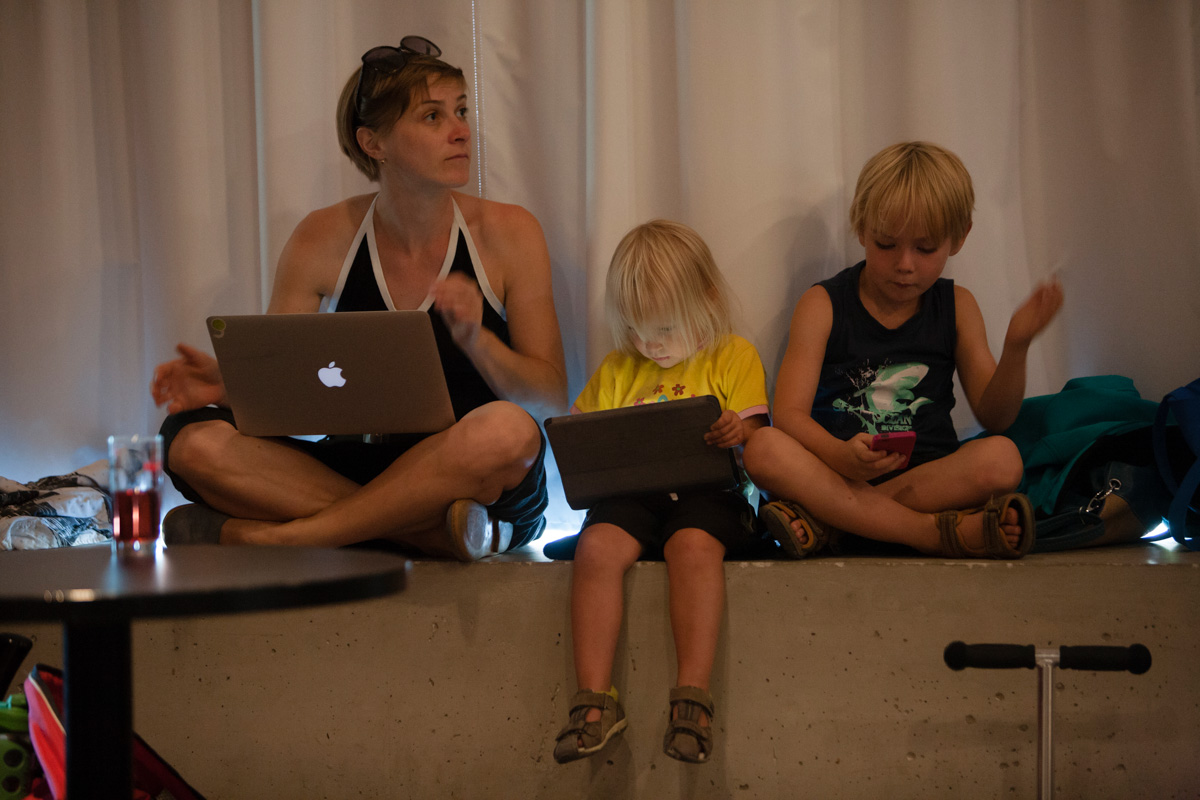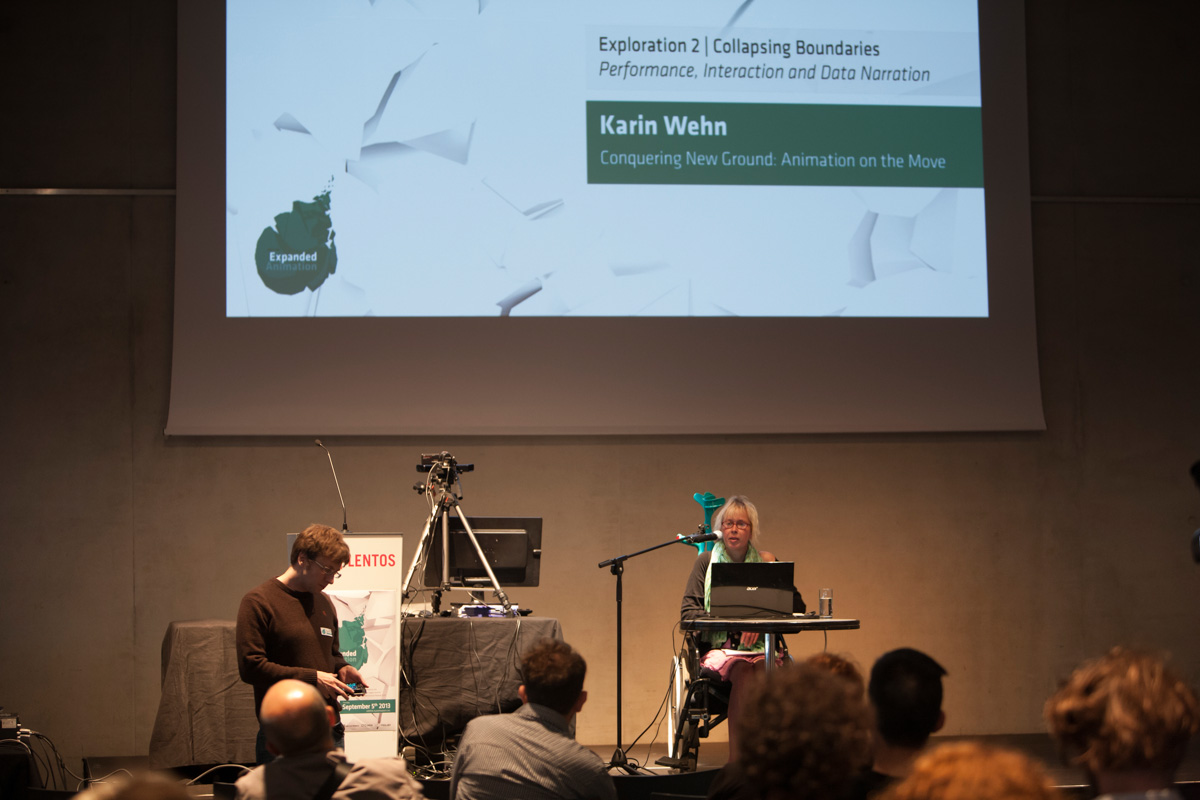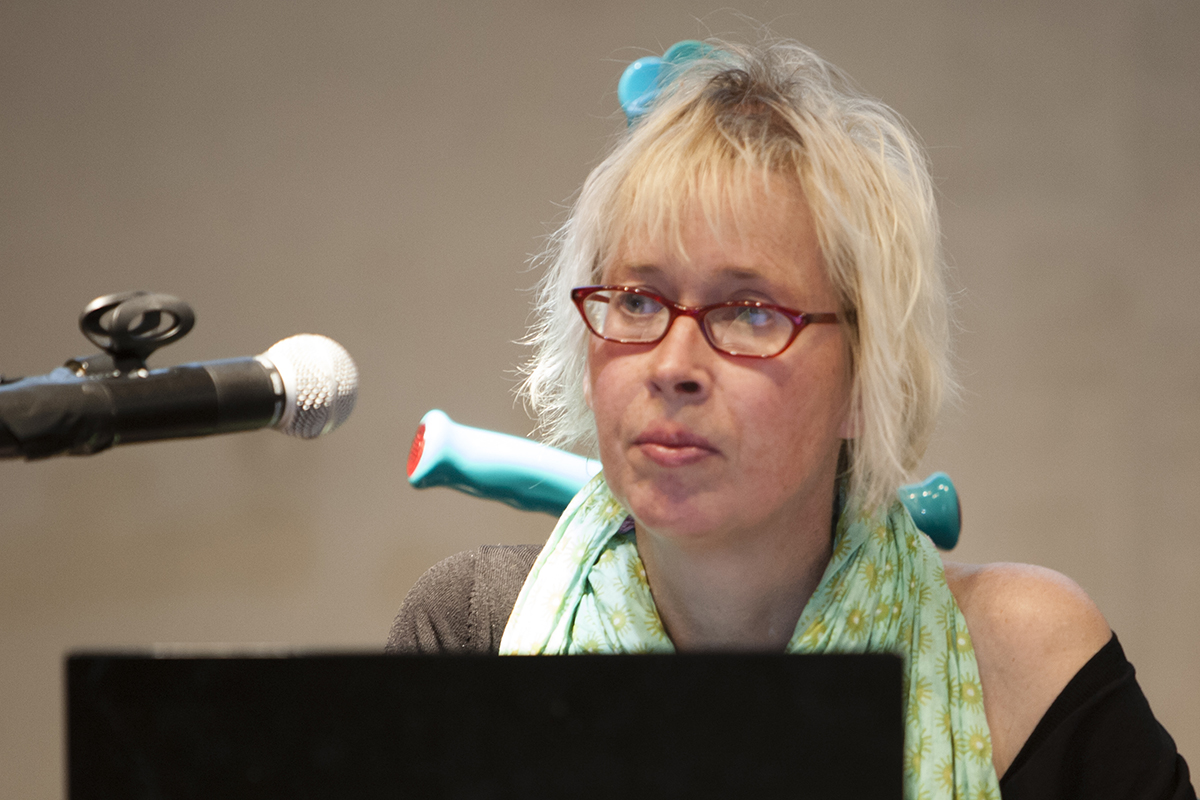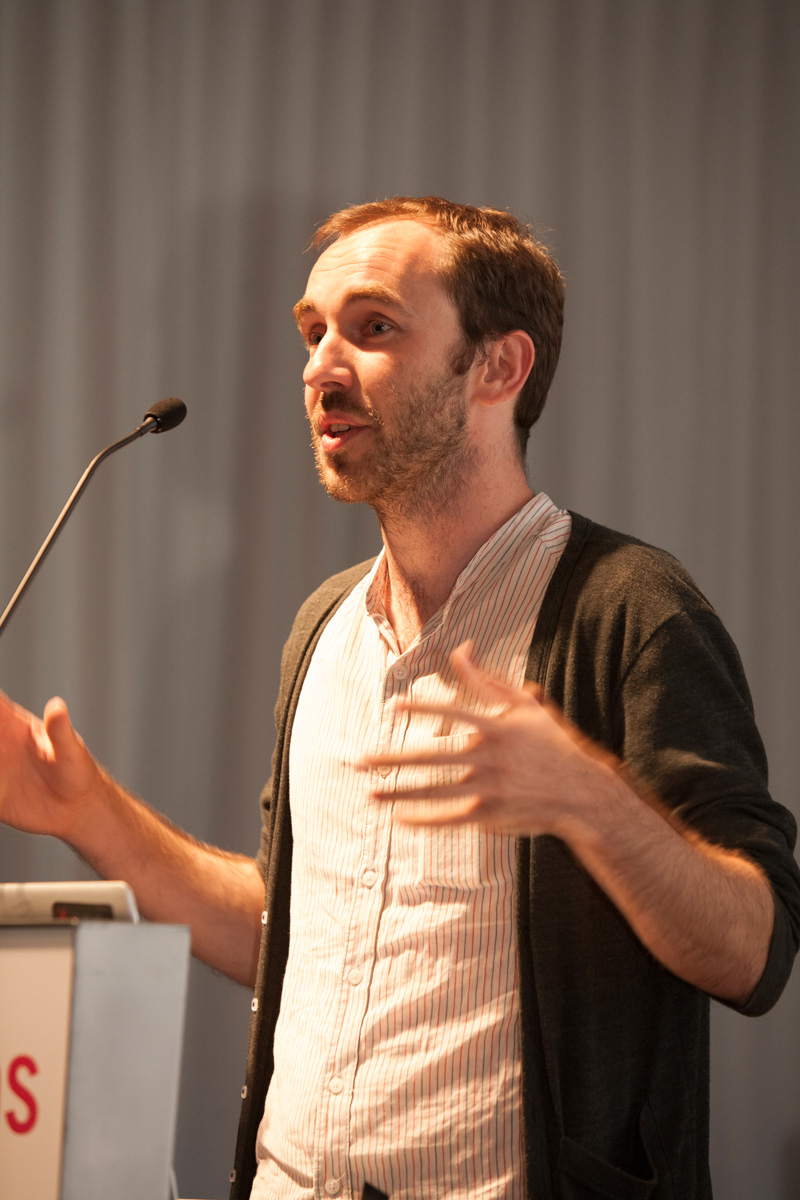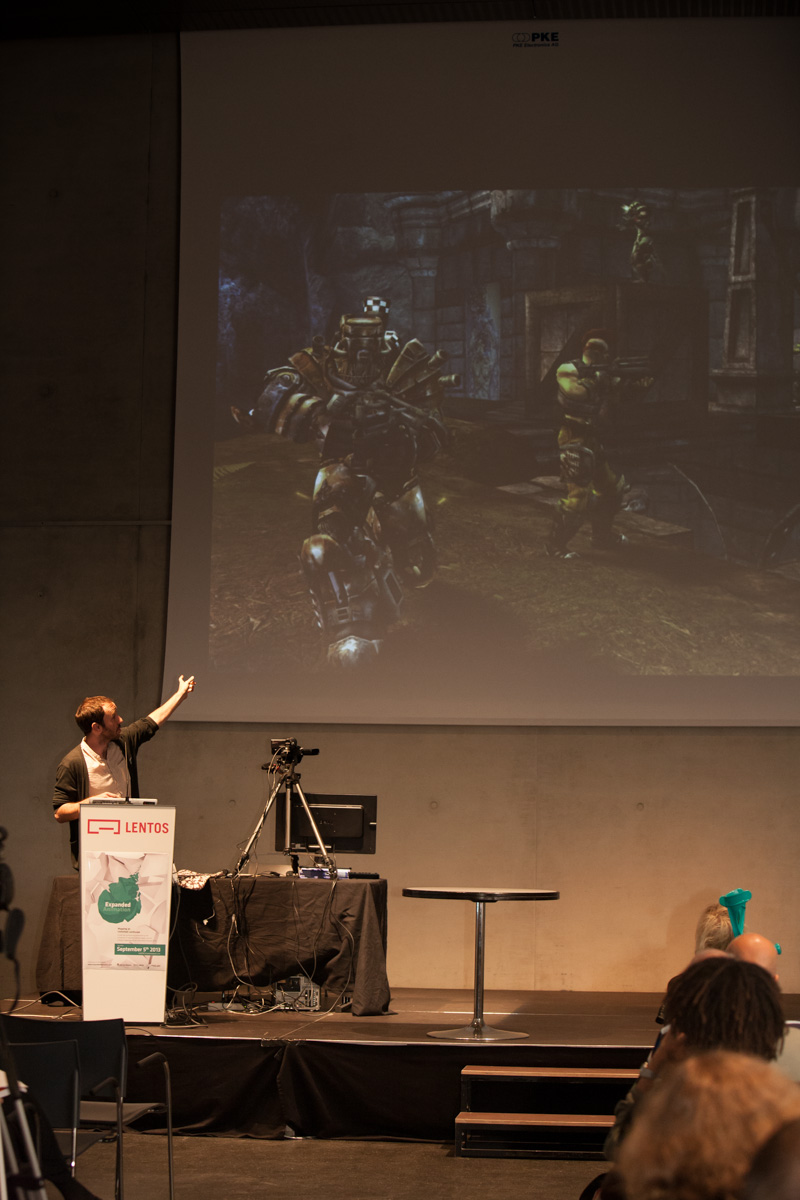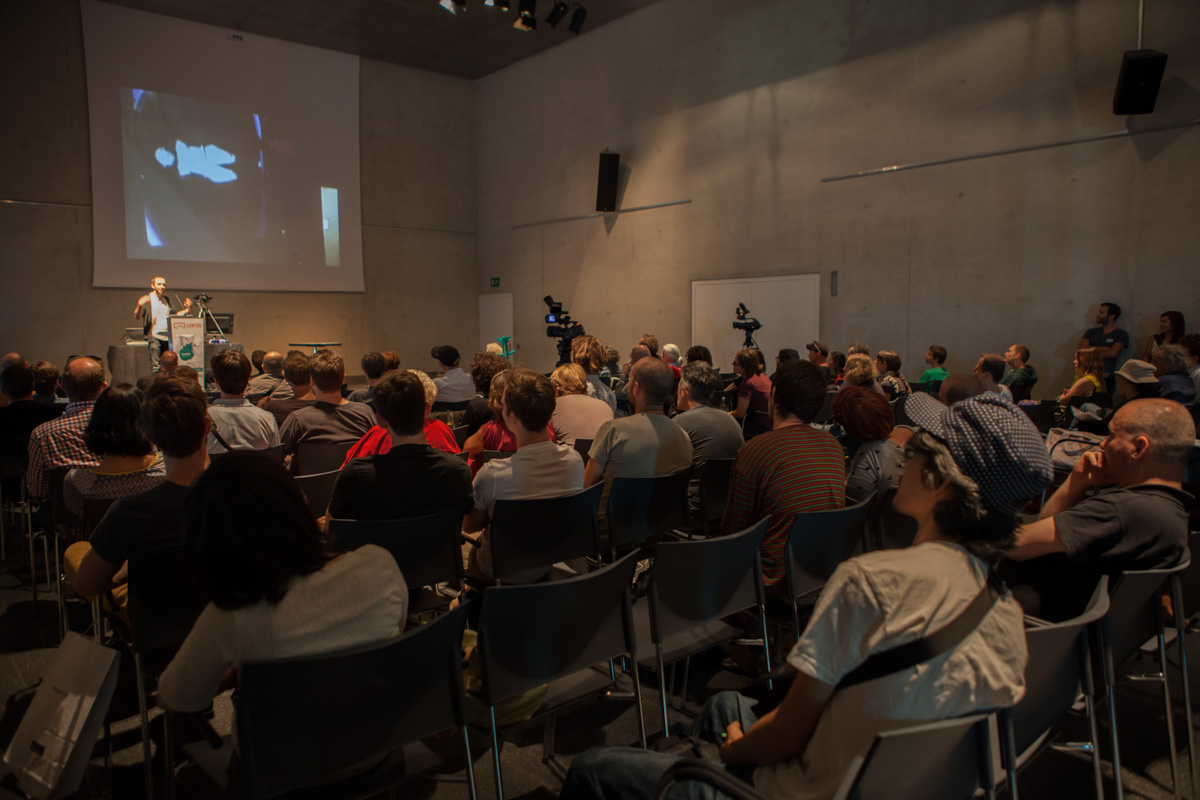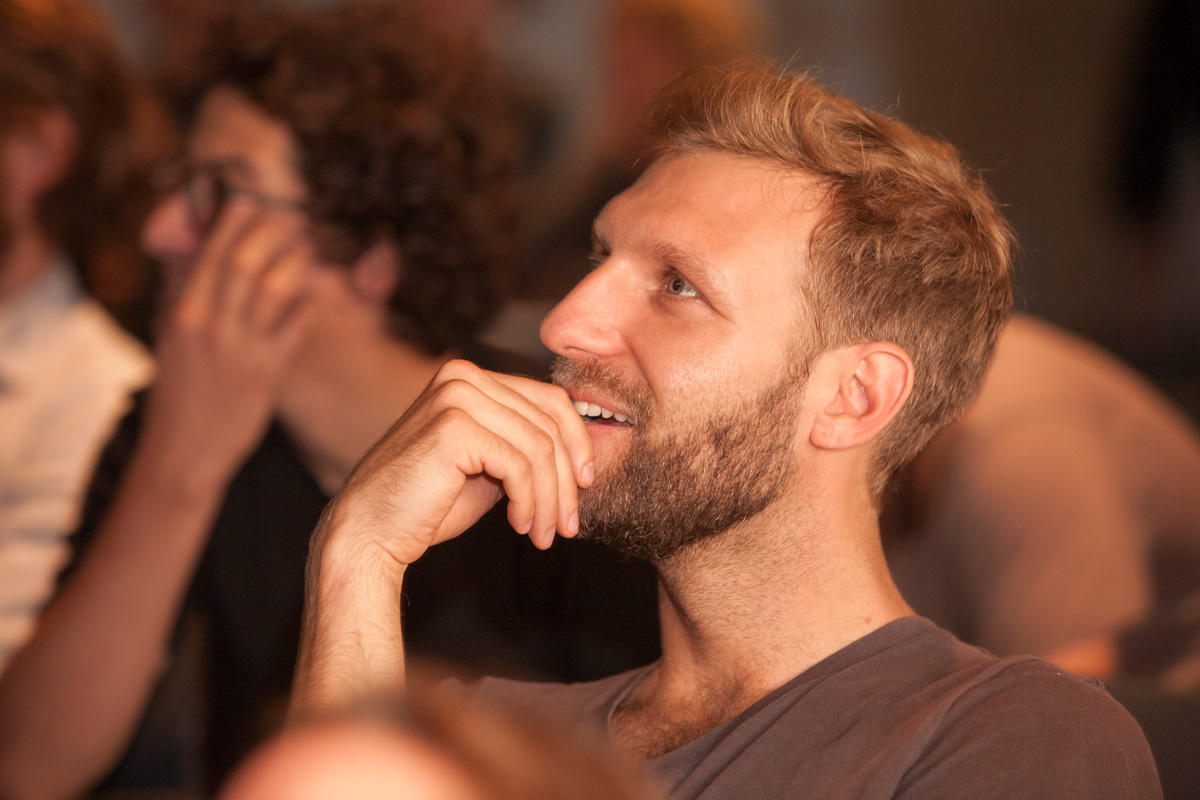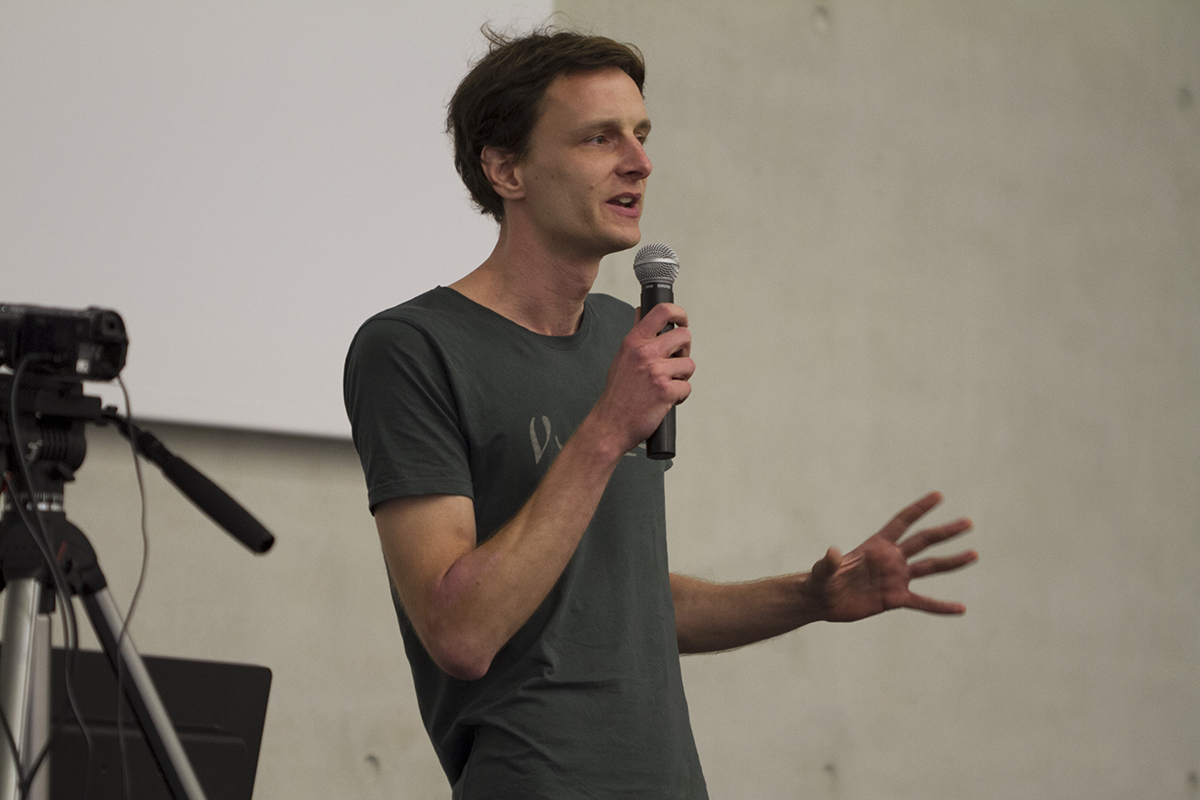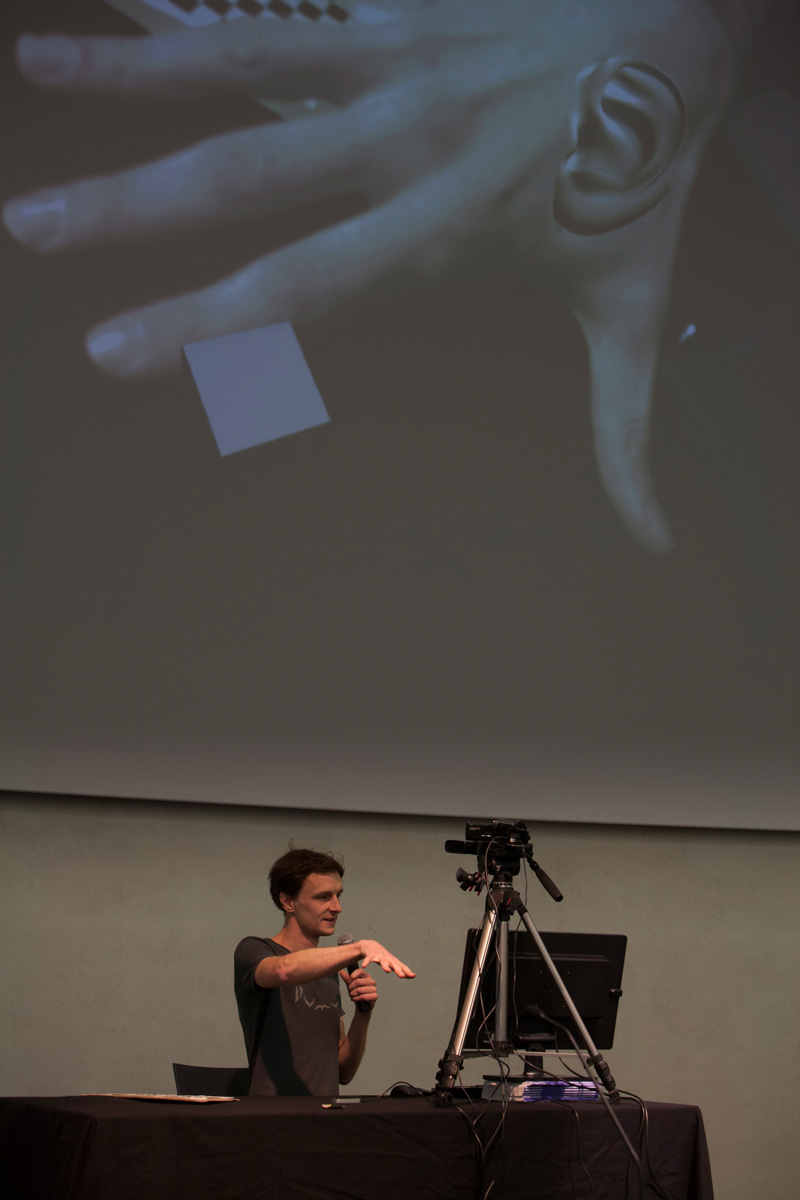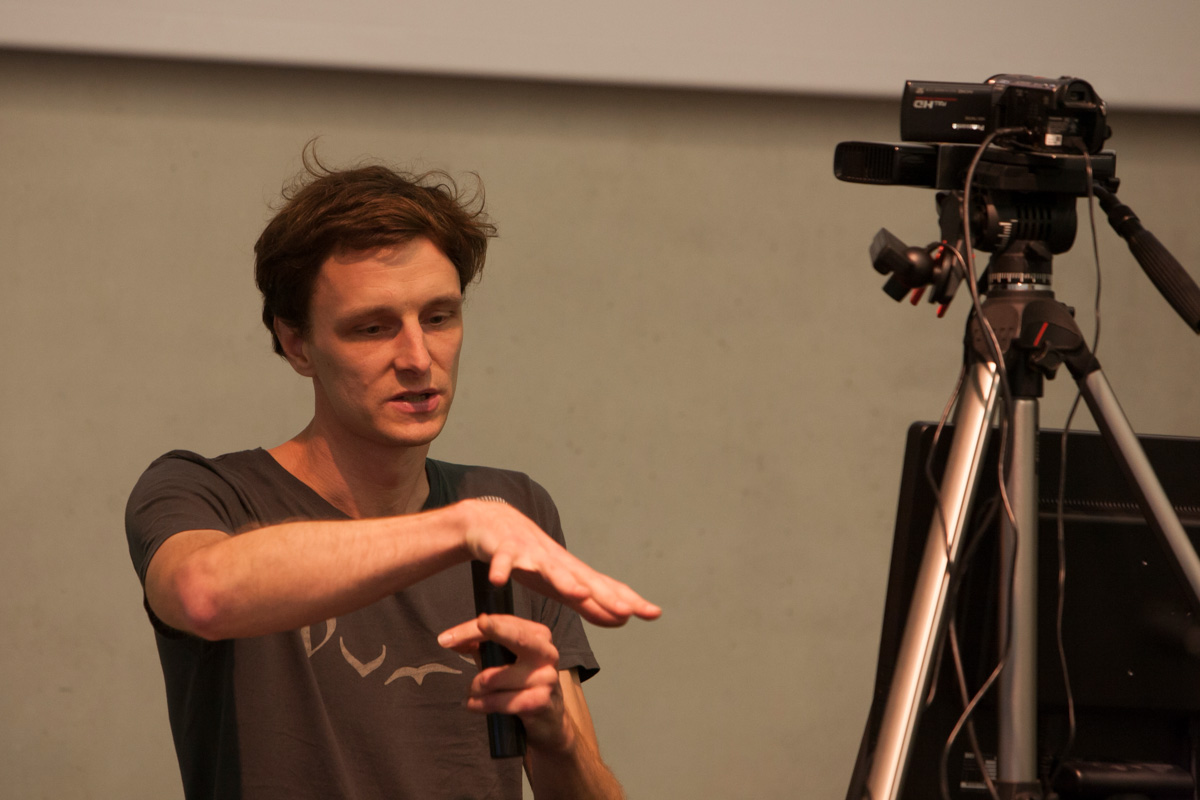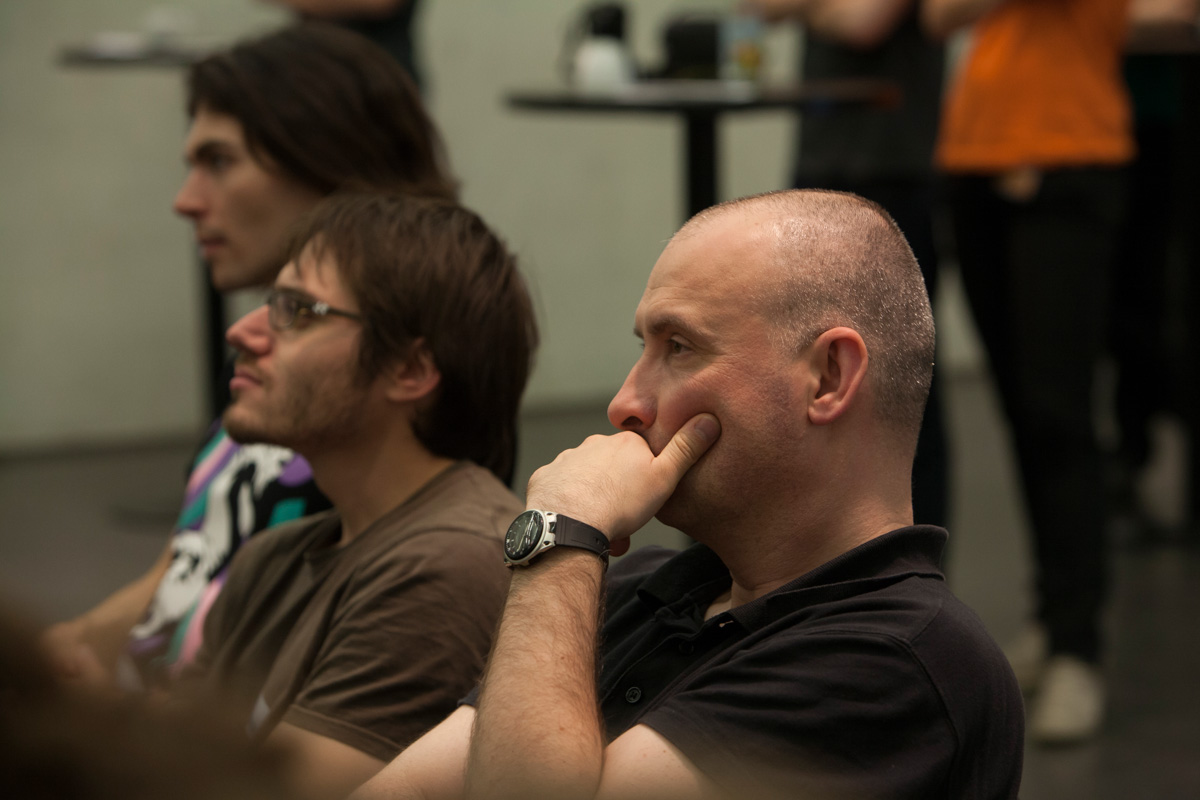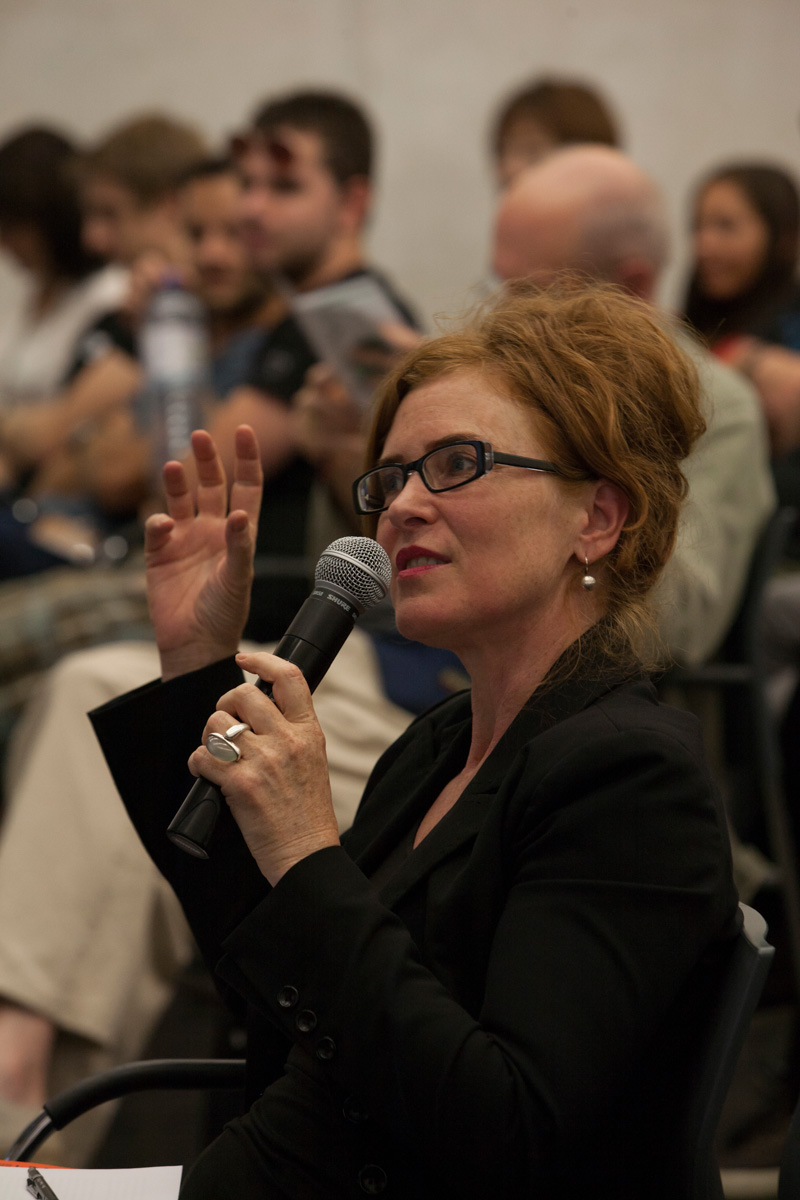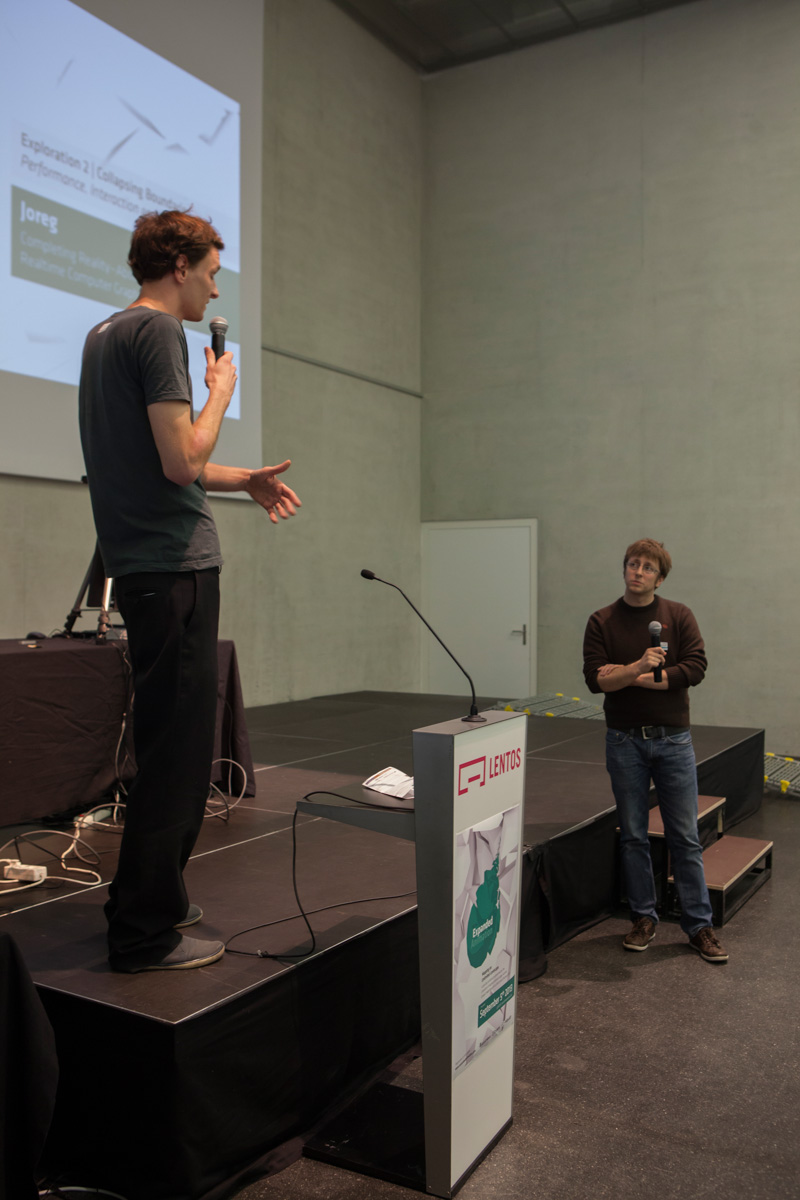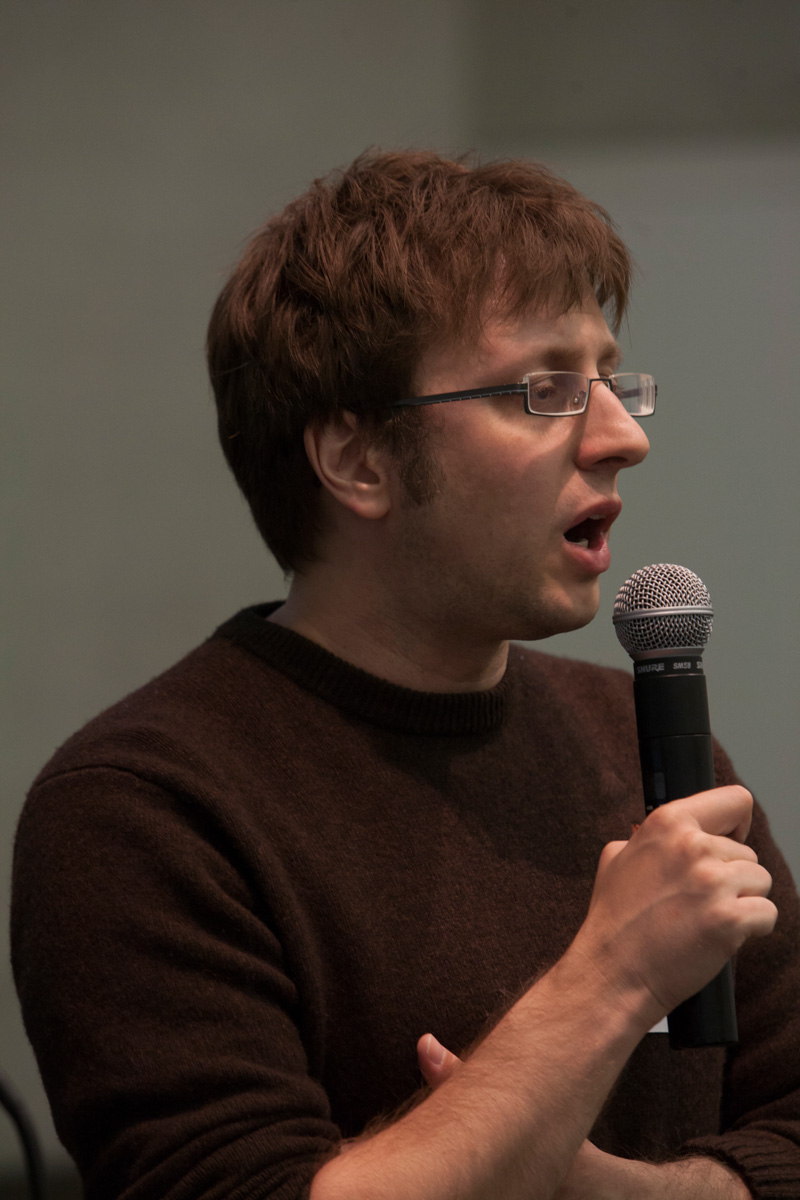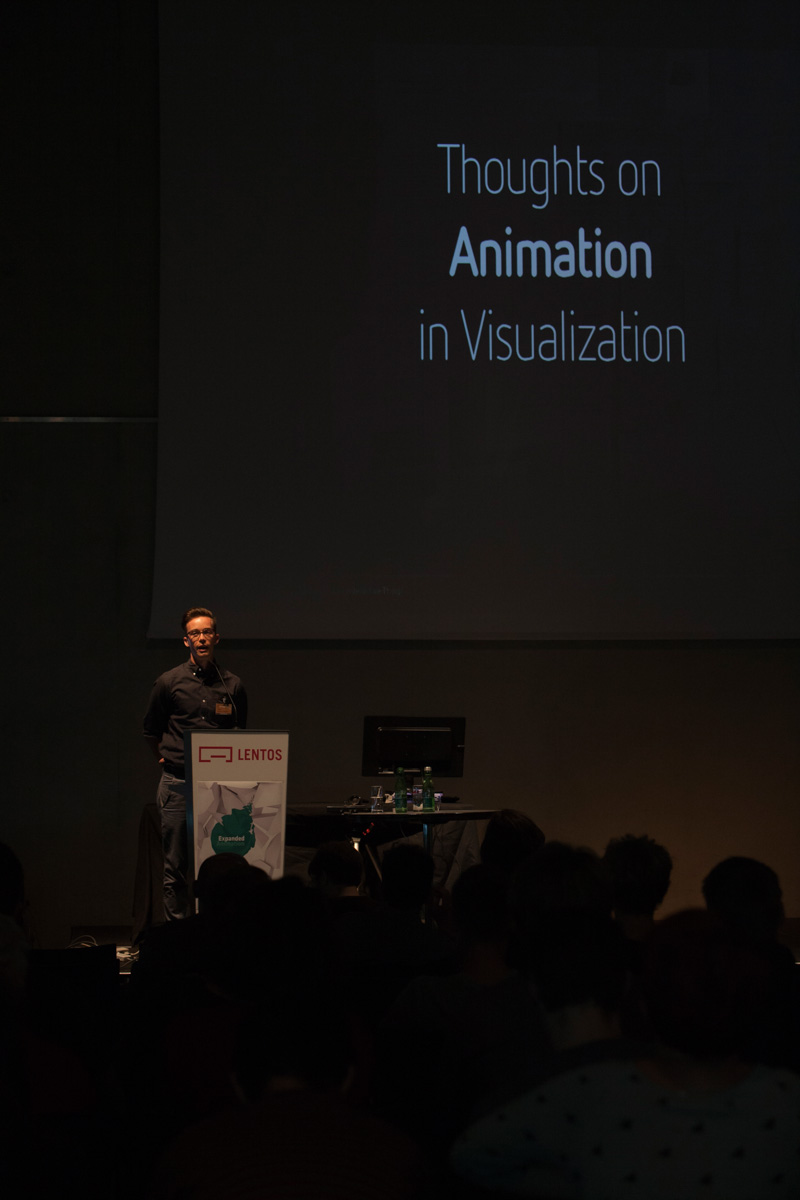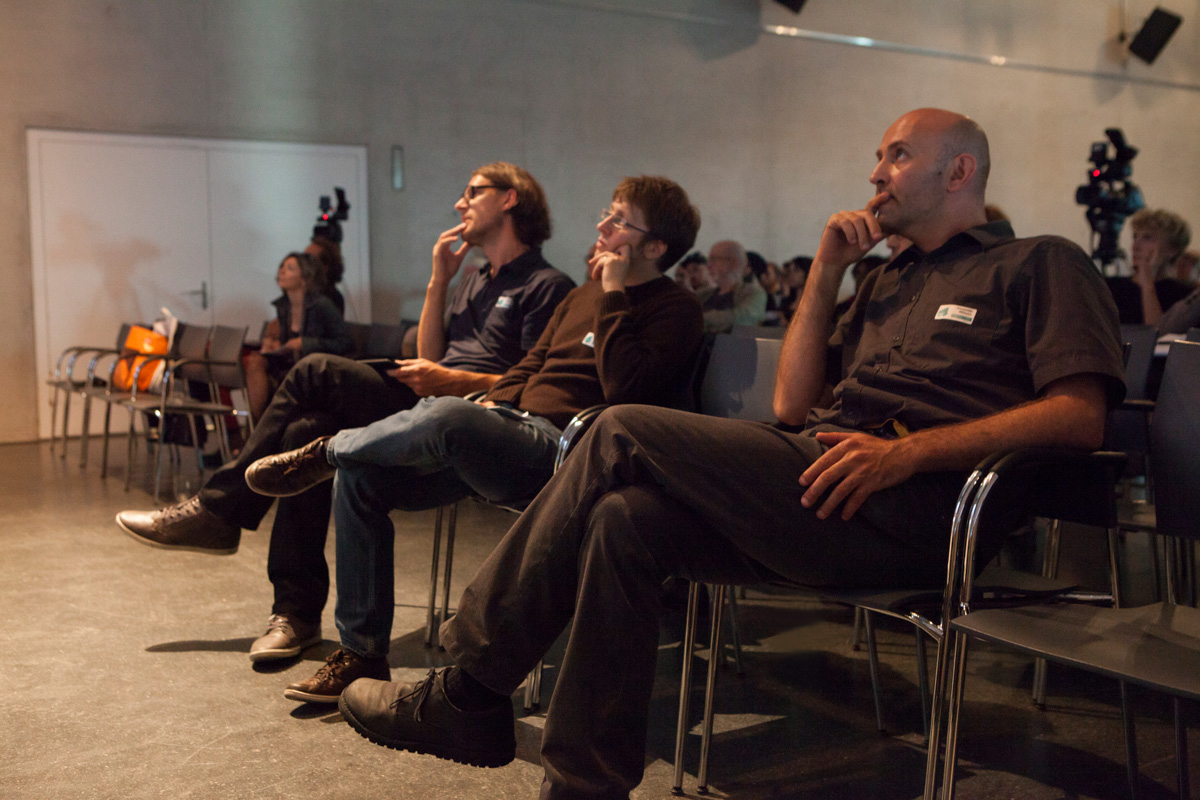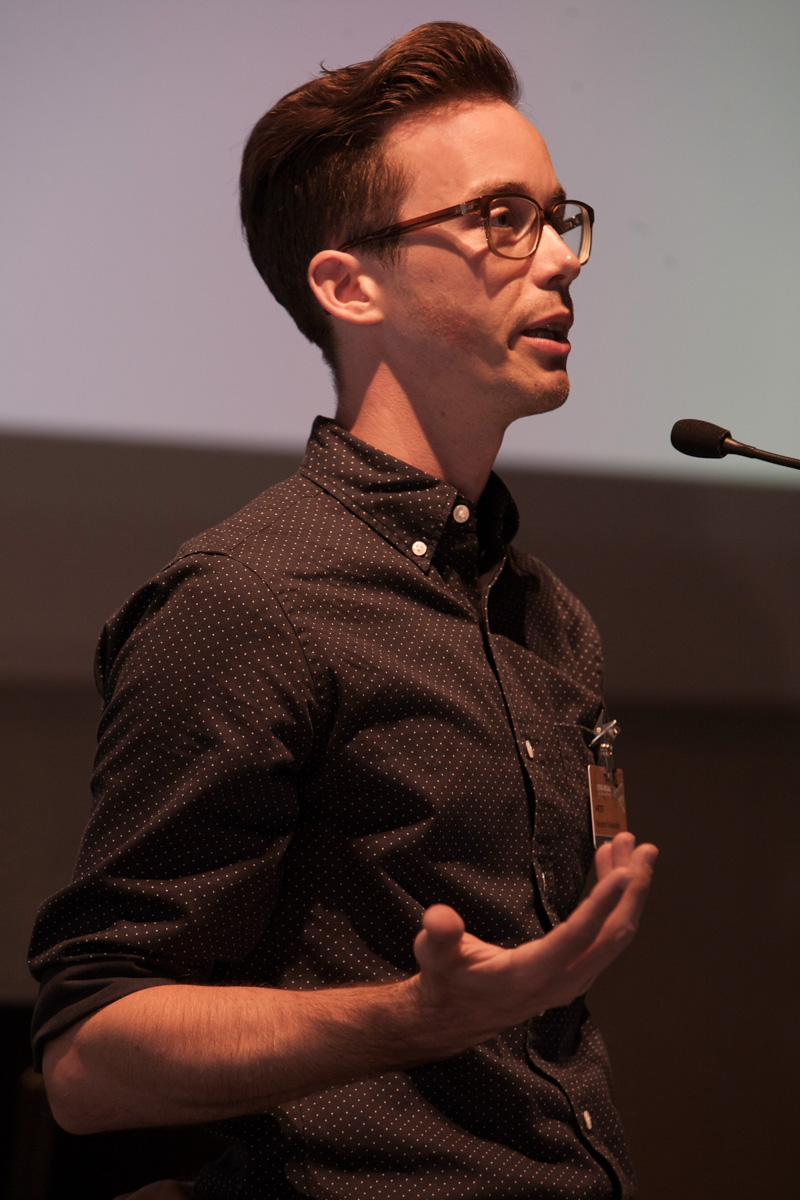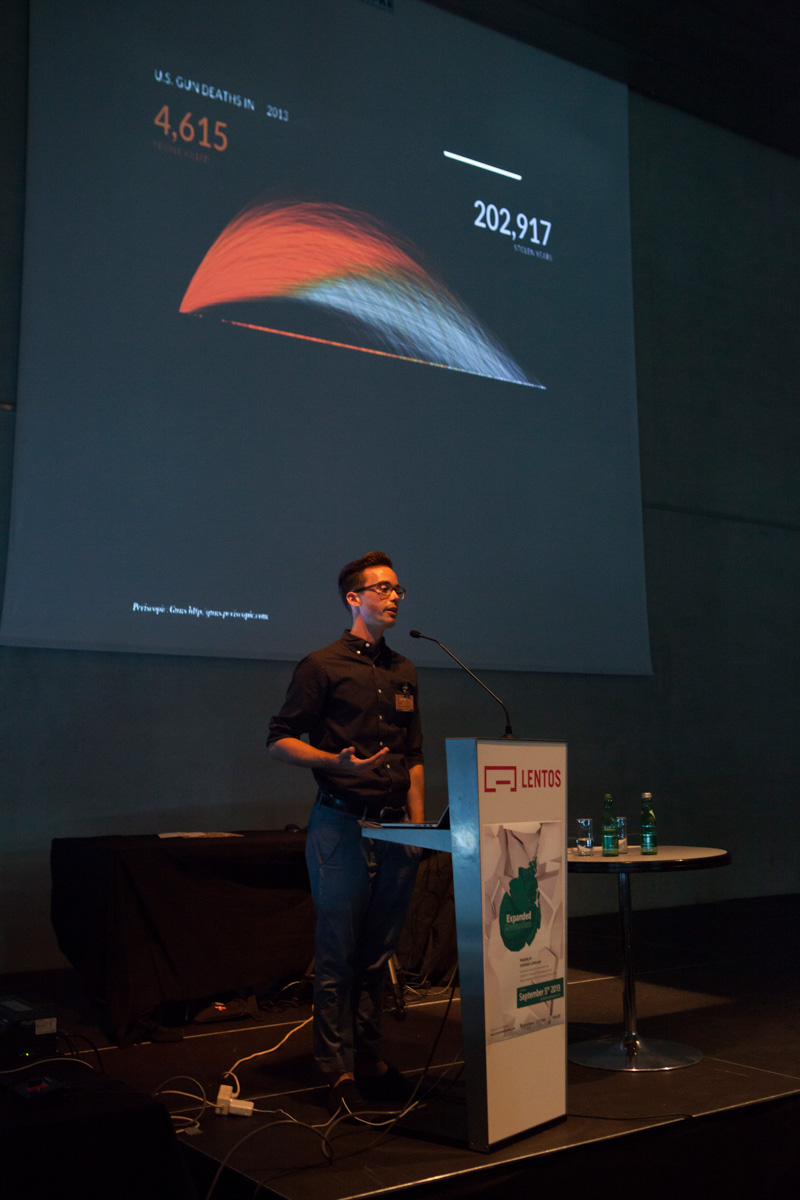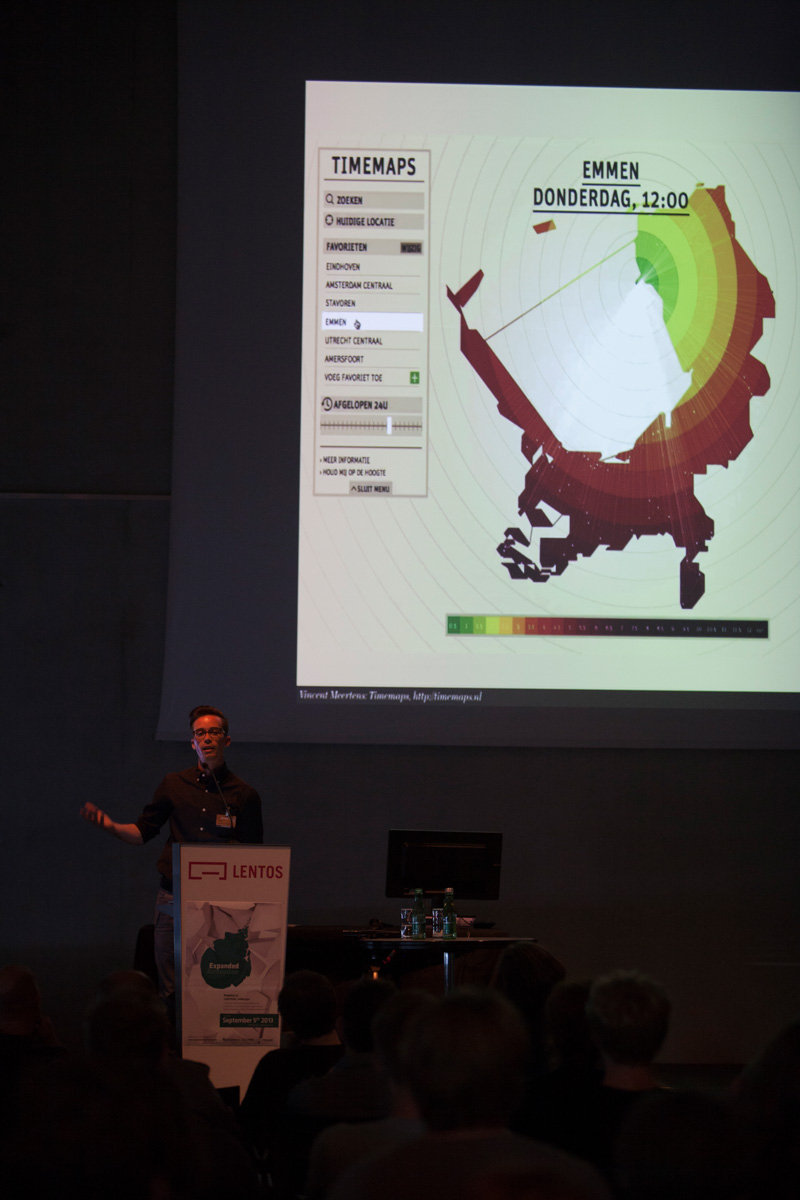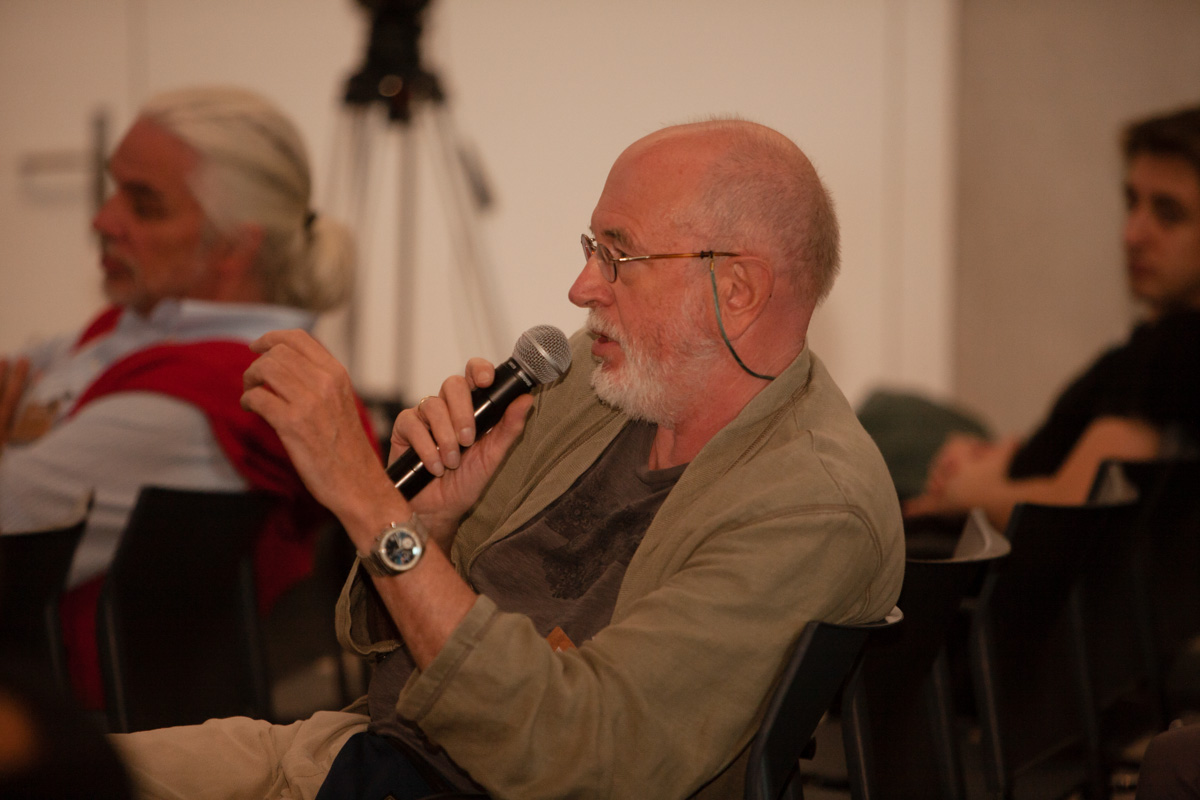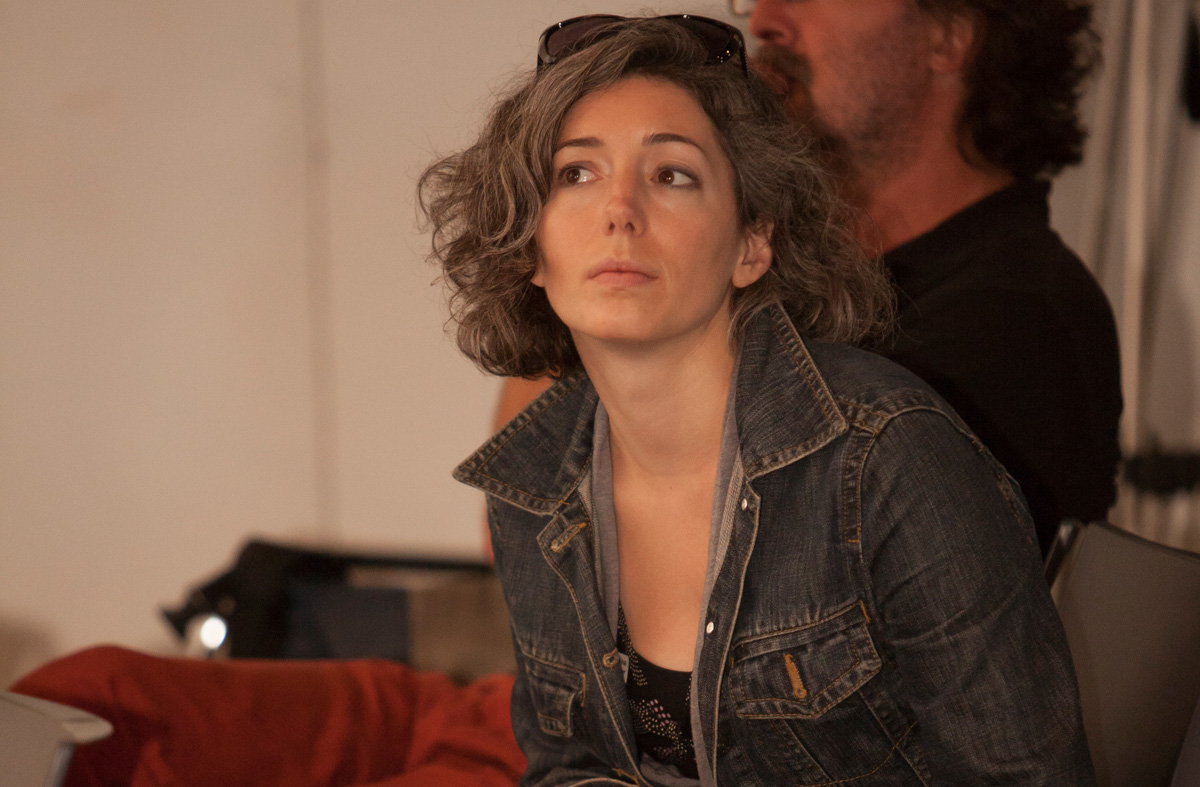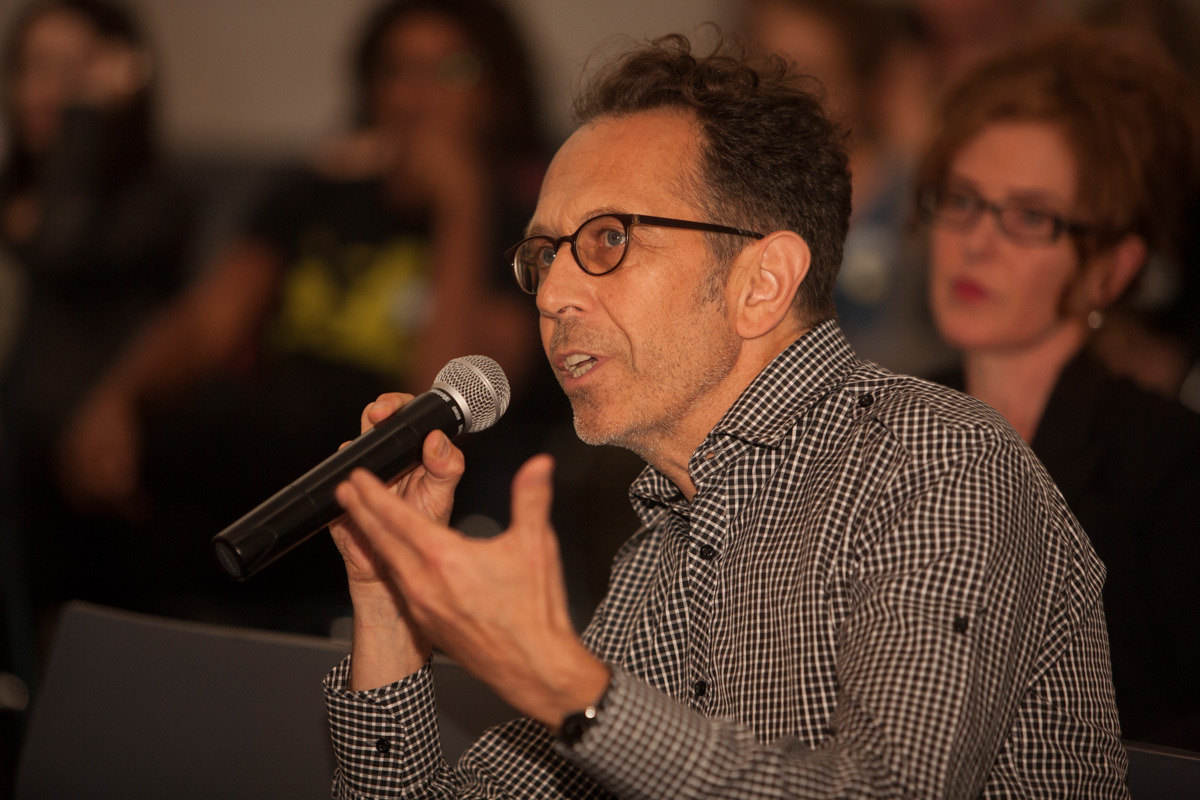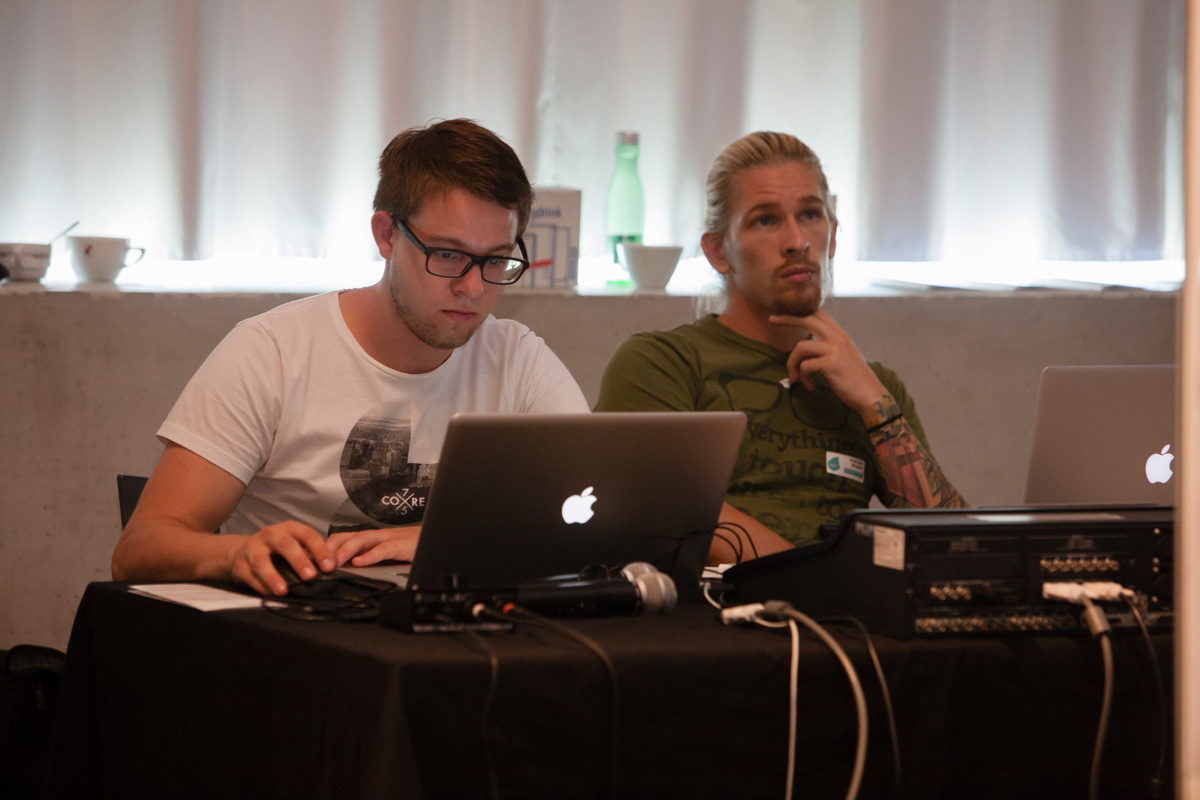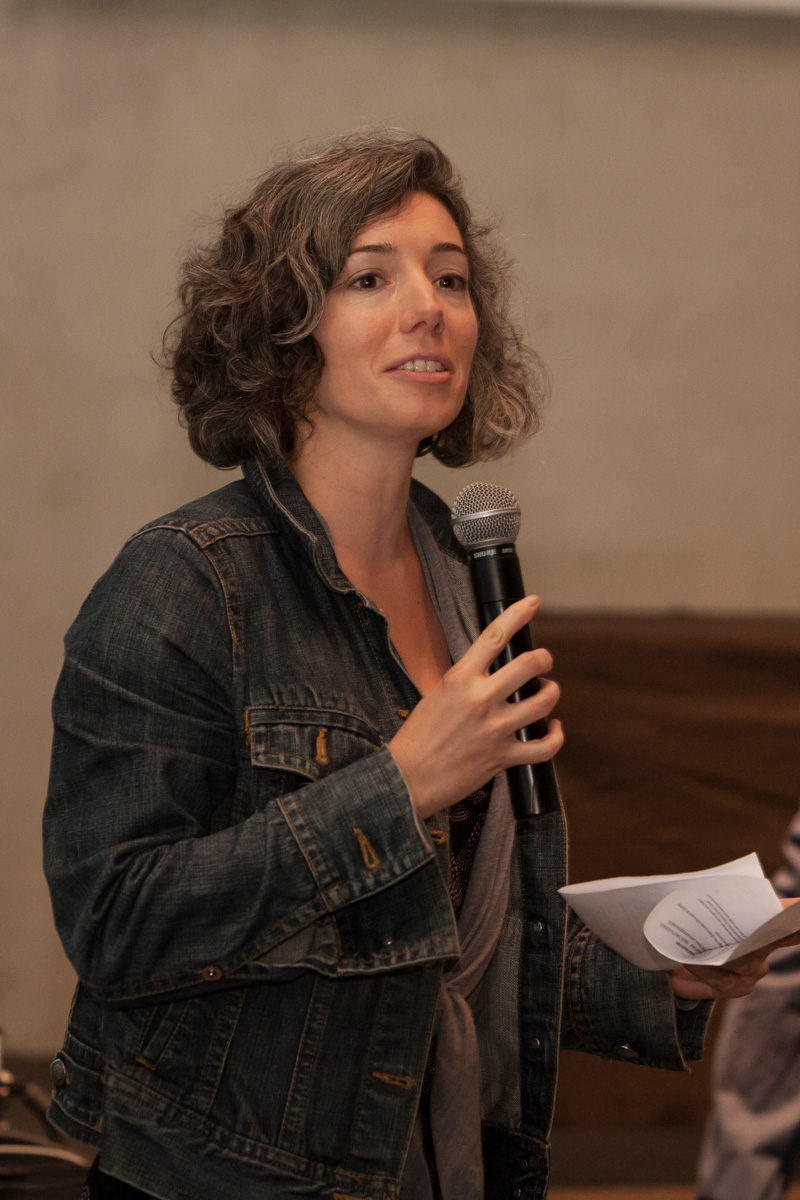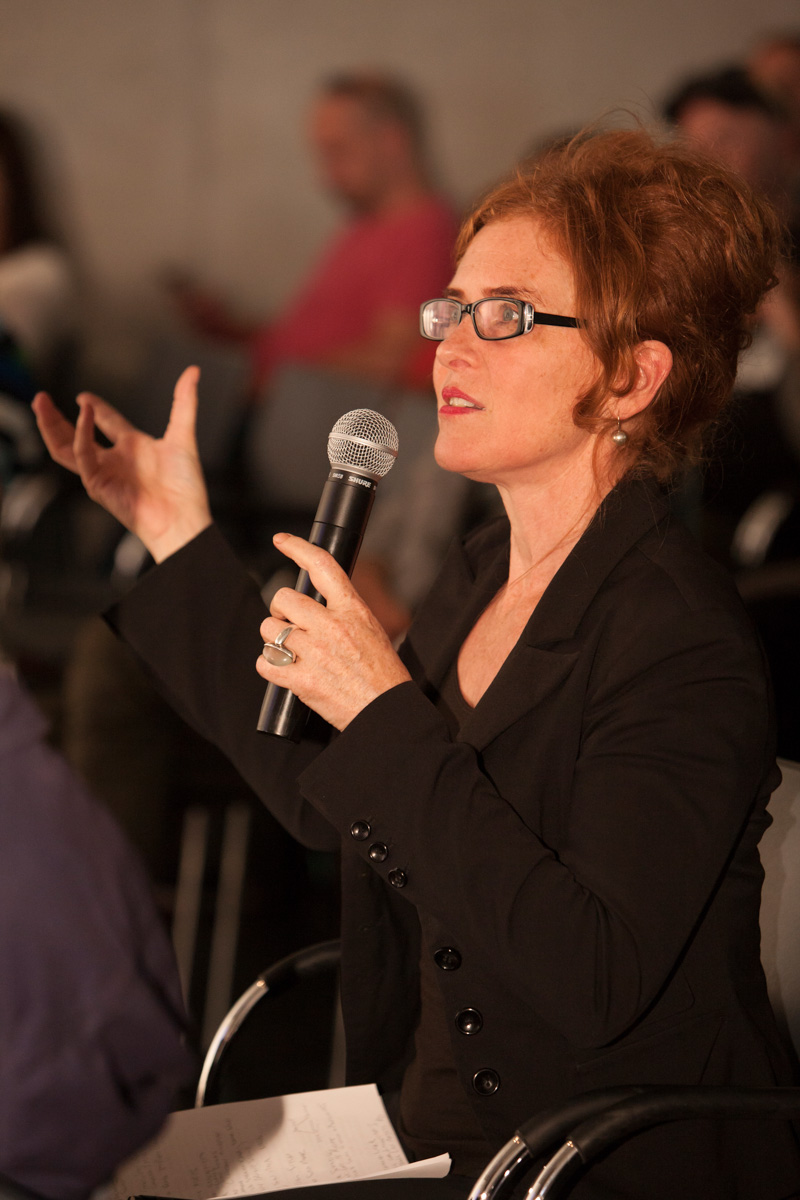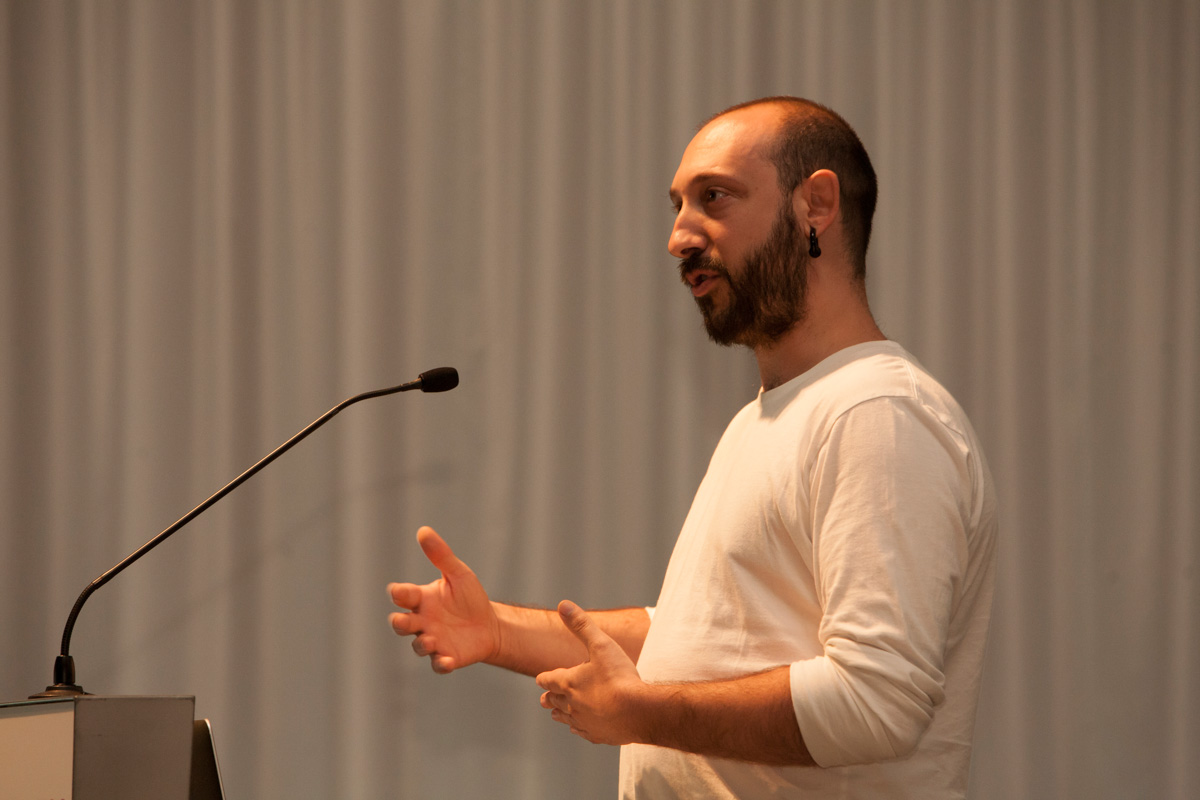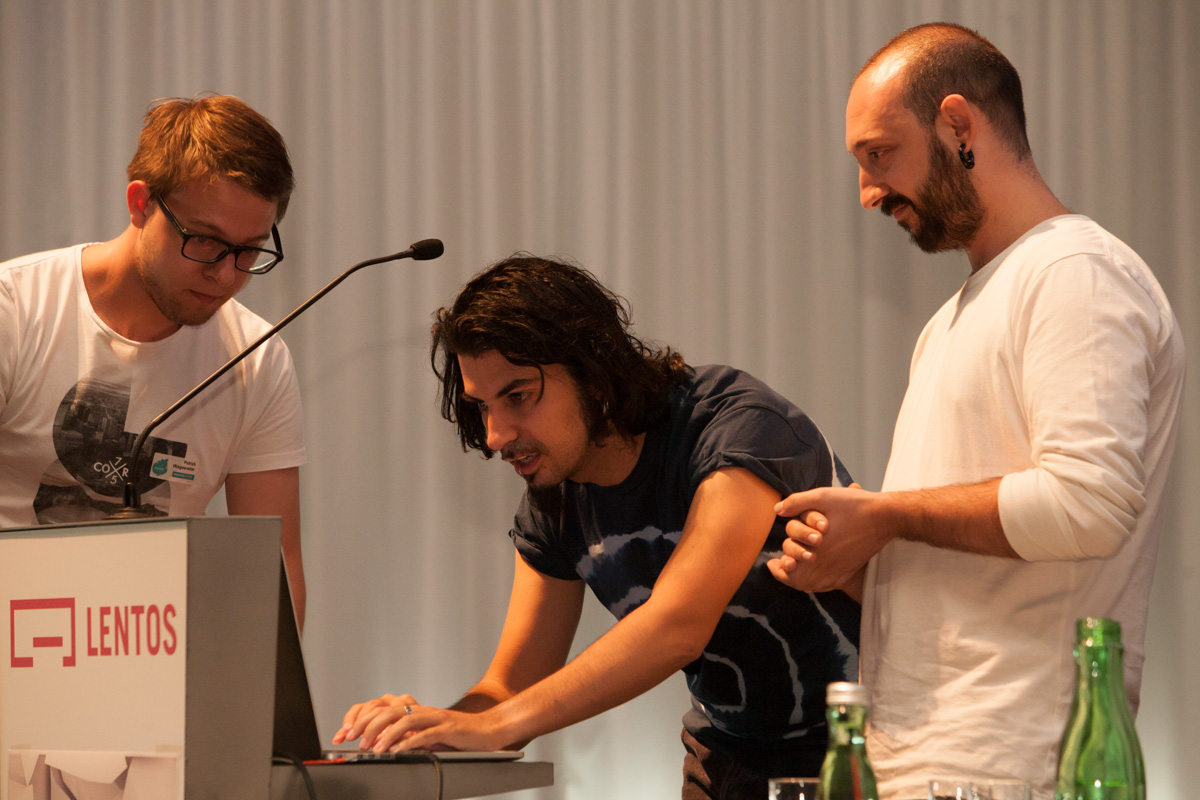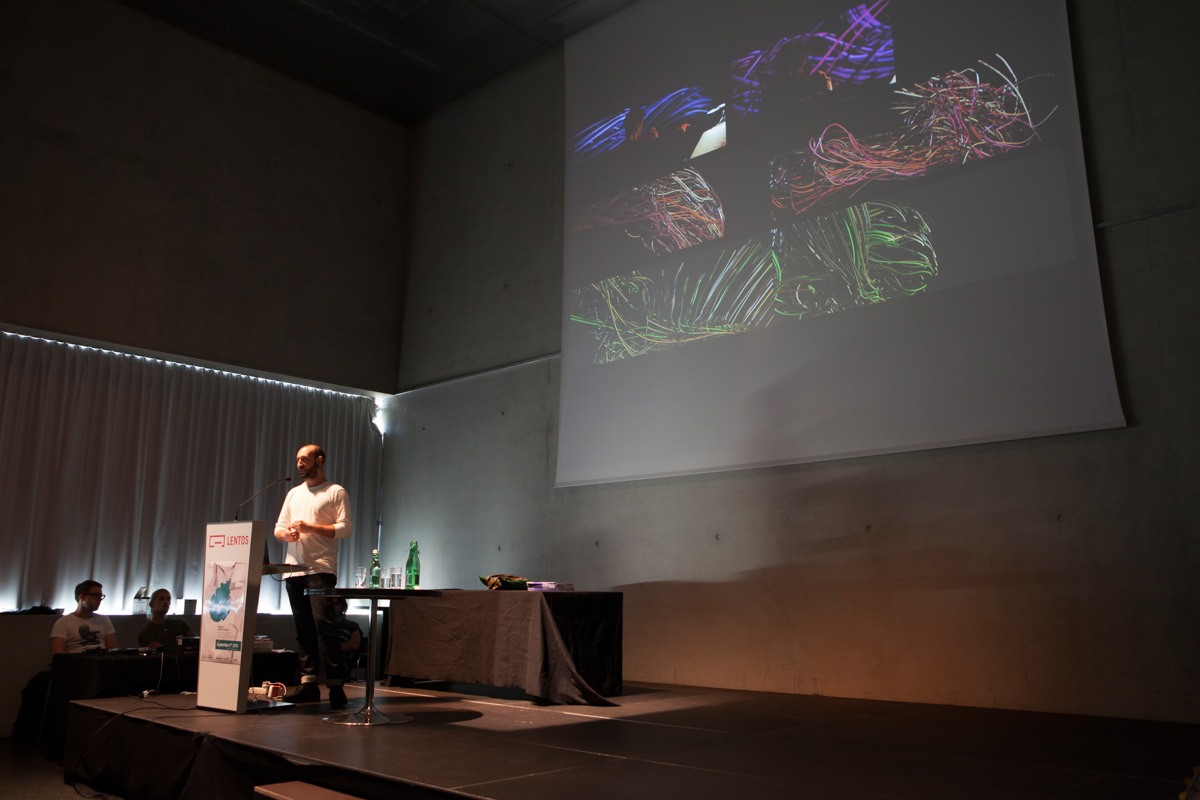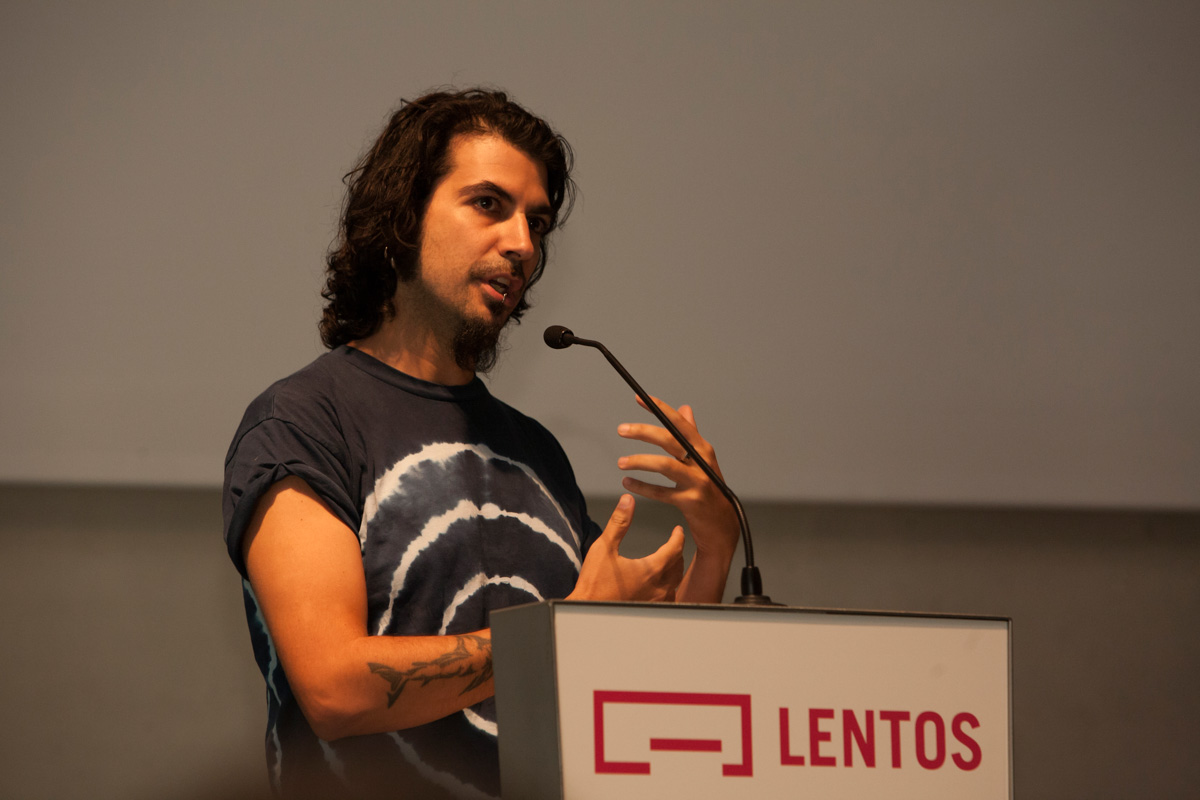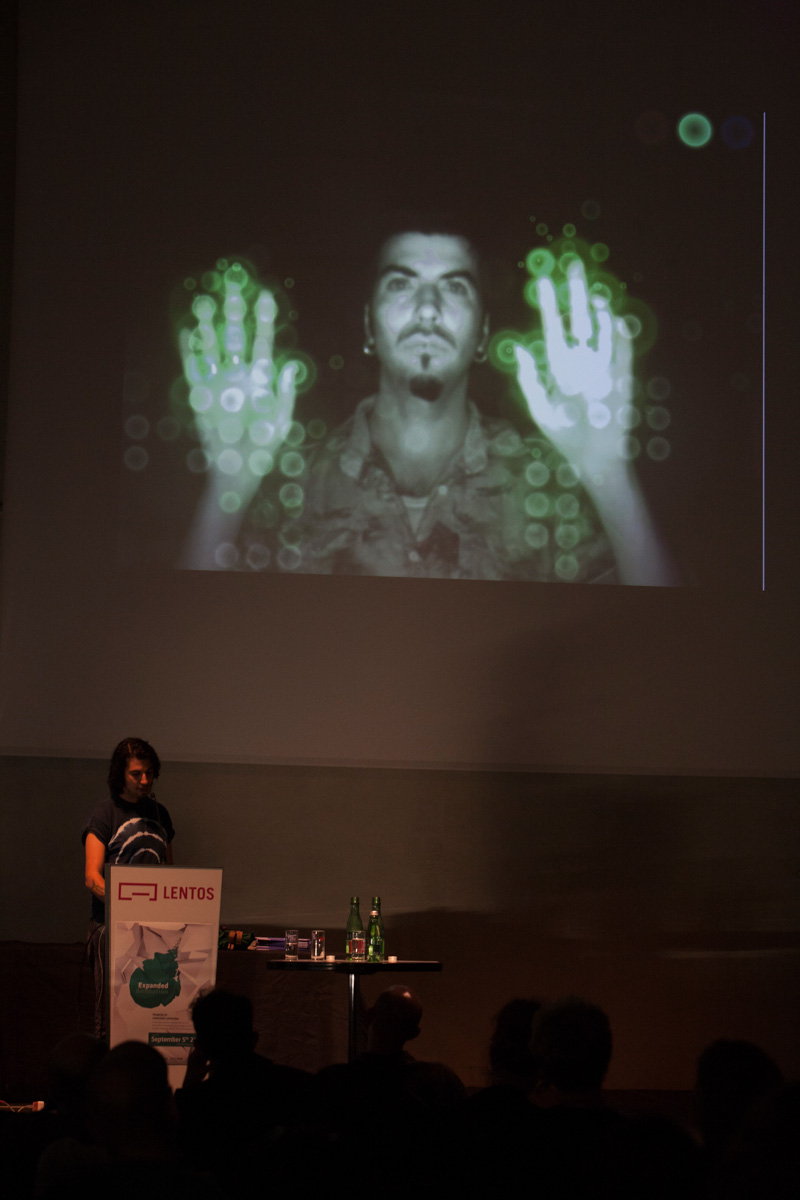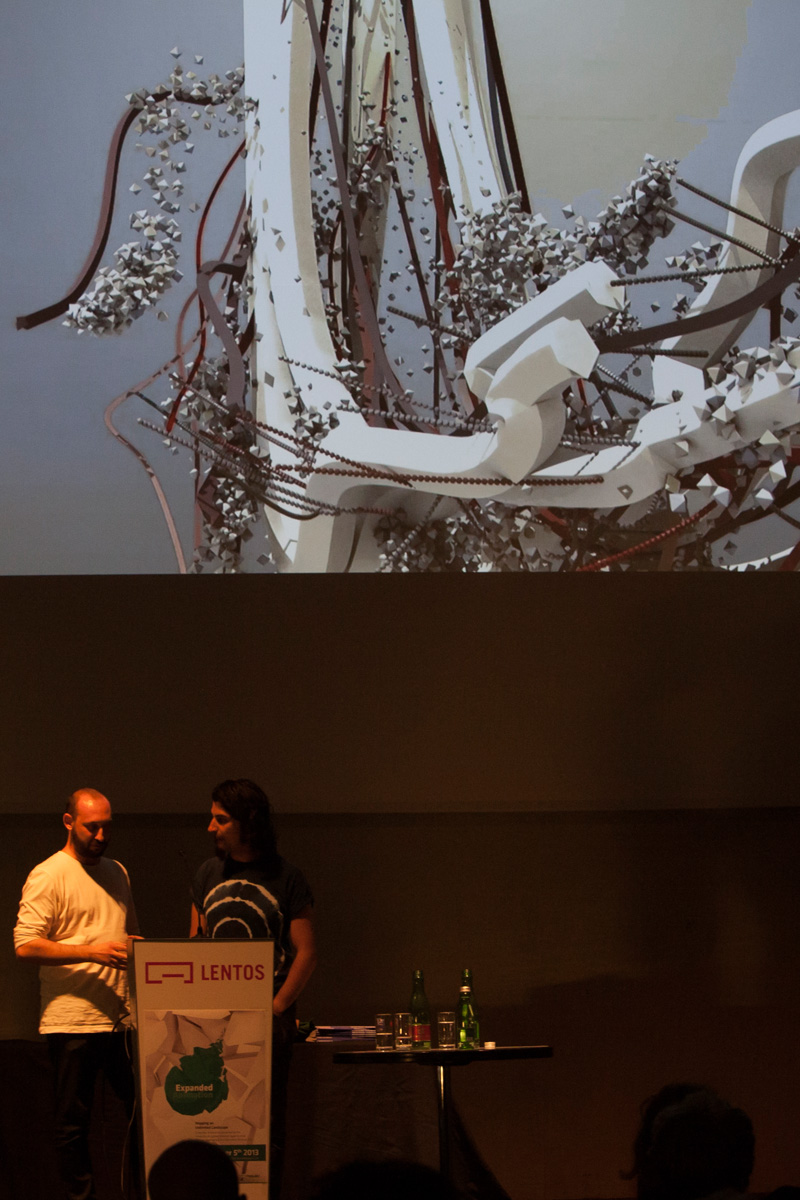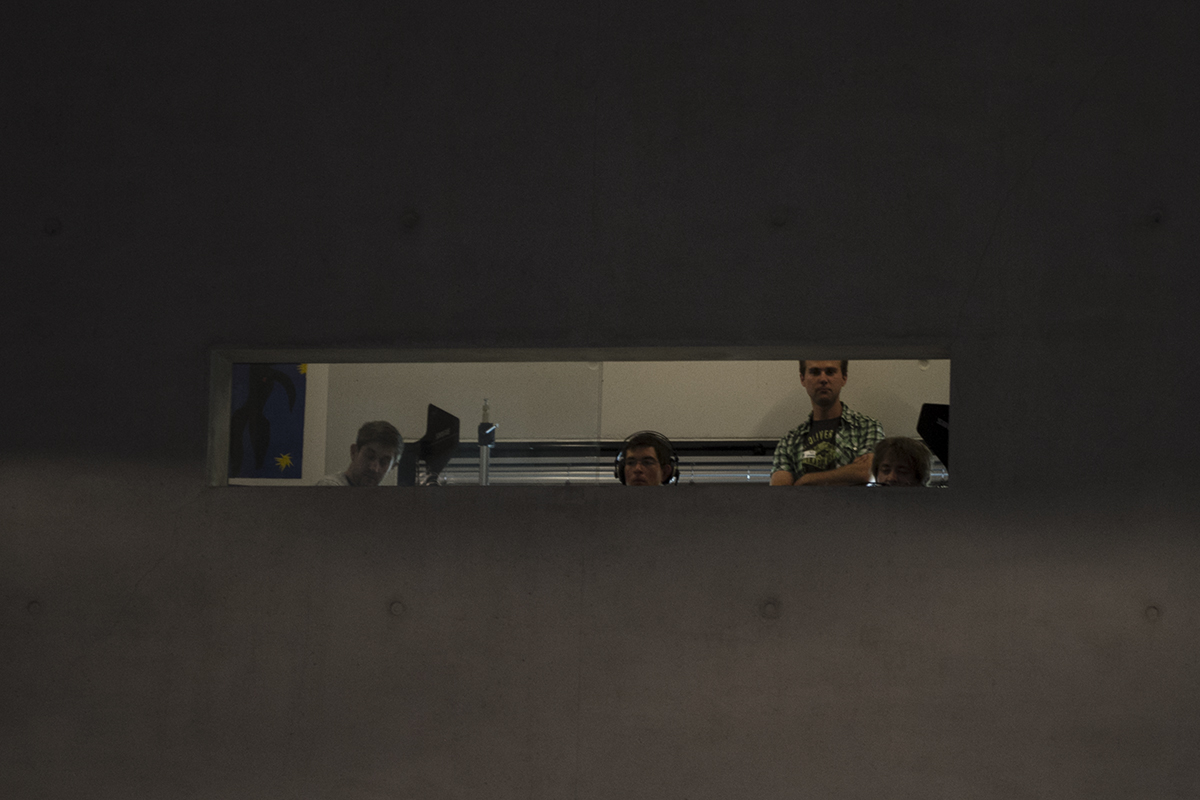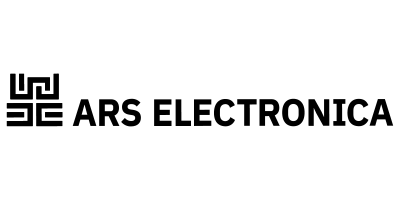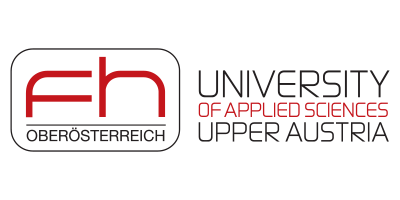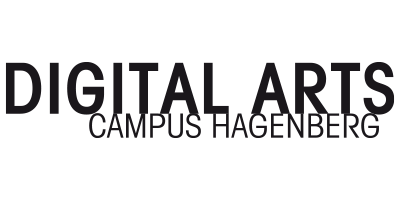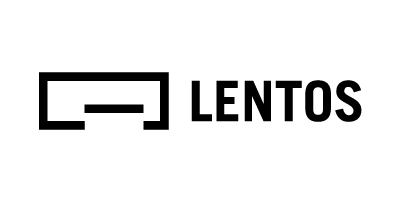This year’s Expanded Animation will be held there.
Join Us at Lentos Linz
Expanded Animation 2013
That the field of Computer Animation is expanding and merging with other disciplines is unmistakable. On the one hand, there is an apparent danger for this field to develop into an interdisciplinary fringe domain. On the other, the very fact that it has continually expanded offers substantial potential for a new orientation. Is the field of Computer Animation experiencing an existential crisis? Or is the context of an unlimited field actually an essential core element?
Digital Animation has become a pervasive element in our daily lives, at times visibly recognizable as a simulation and at others almost indistinguishable from real-world content. Moving images created with computer technology constitute a very diverse spectrum, particularly in hybrid forms, and are products of a highly interdisciplinary collaboration of individuals from the worlds of industry, research, art and science. In this unlimited domain, animation is ubiquitous and yet, simultaneously, undifferentiated. To even attempt to define what Digital Animation is, it becomes necessary to more closely examine this dynamic and constantly expanding field.
On the 5th of September, a symposium entitled “Expanded Digital Animation: Mapping an Unlimited Landscape” will be held as part of the Ars Electronica 2013. A collaboration between the Hagenberg Campus of the University of Applied Sciences Upper Austria, the Ars Electronica Festival and LENTOS Kunstmuseum, it aims to address the transgression of borders, hybrid forms and fringe areas within the field of Computer Animation.
In a series of panels, filmmakers, artists, researchers and curators will address their positions in regards to the crossing of boundaries in the field of animation. The symposium is fully integrated into the Ars Electronica Festival and features a range of additional related events, such as animation screenings, artist talks and exhibitions.
The symposium is open to all artists, producers, academics, students and pioneers who are interested in navigating the unknown terrain of Computer Animation. Due to its scheduling in conjunction with the Ars Electronica Festival, it offers a highly relevant setting and an excellent foundation for profound reflection on potential approaches to this expanding field.
SPEAKERS
This year we are proud to feature amazing speakers from all around the world.
Mapping the Landscape
Collapsing Boundaries
Unlimited Fields

Expanded Animation – Mapping and Unlimited Landscape
The symposium Expanded Animation began in 2013 and offered a first approach to the expanding field of computer animation. It has since become an established part of the Ars Electronica Animation Festival and the international competition Prix Ars Electronica Computer Animation. Every year under an overarching theme, the symposium has researched the field of technology, art, animation, and aesthetics, investigated the collapsing boundaries in digital animation, and explored positions and future trends. As with the first conferences on computer animation at Ars Electronica in the 1980s, practice and theory are equally important. The richly illustrated publication Expanded Animation: Mapping an Unlimited Landscape features contributions from speakers and artists from the past six years and presents an overview of the prize winners in prix category Computer Animation from 2011 to 2018.
250 pages, 250 Illustrations
9
TALKS
11
SPEAKERS
7
COUNTRIES
VIDEOS
Videos from Expanded Animation symposium 2013.
GALLERY
Impressions from Expanded Animation symposium 2013.
PARTNERS & CREDITS
Organization
Expanded Animation is brought to you by a group of dedicated people from the University of Applied Sciences Upper Austria, Hagenberg Campus | Digital Media Department.
Conference Organizers (FH OÖ)
Juergen Hagler
Sabine Retschitzegger
Alexander Wilhelm
Team (FH OÖ)
Peter Affenzeller | Website & Trailer
Joachim Dieplinger | Trailer
Clemens Gaisbauer | Trailer
Philipp Gratzer | Trailer
Christopher Lindner | Trailer
Marc Muehlberger | Trailer
Kristin Mueller | Trailer
Hannah Oberherber | Trailer
Manuel Preuss | Trailer
Patrick Wagesreiter | Grafik & Trailer
Andreas Widder | Trailer
Michaela Wiesinger | Grafik

